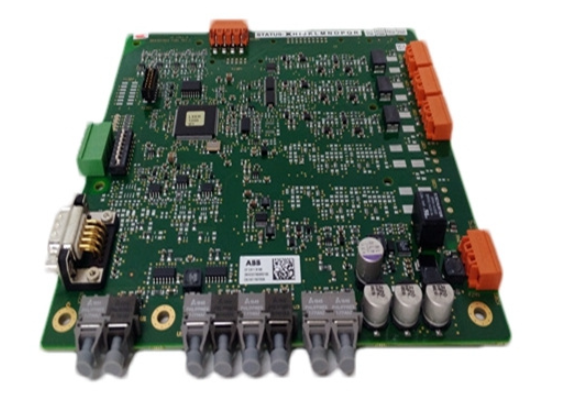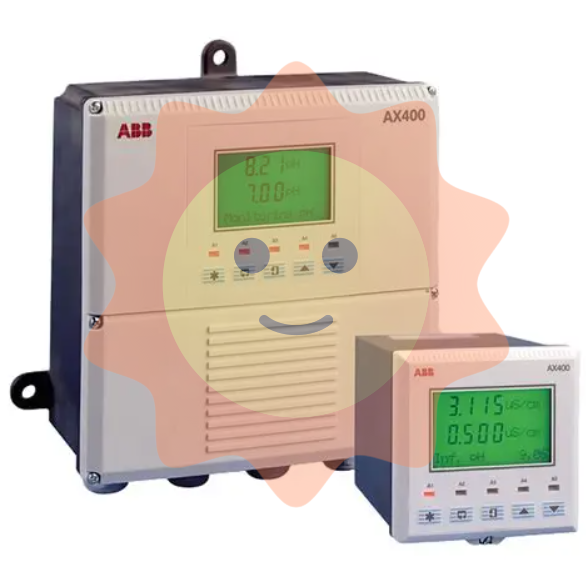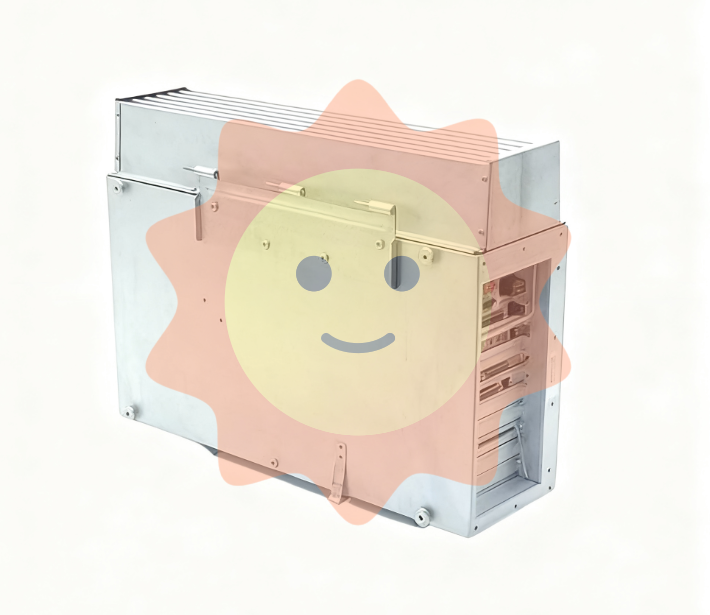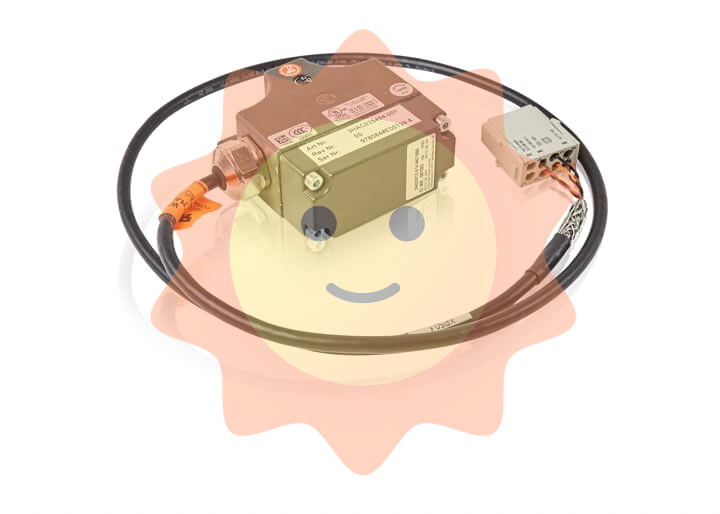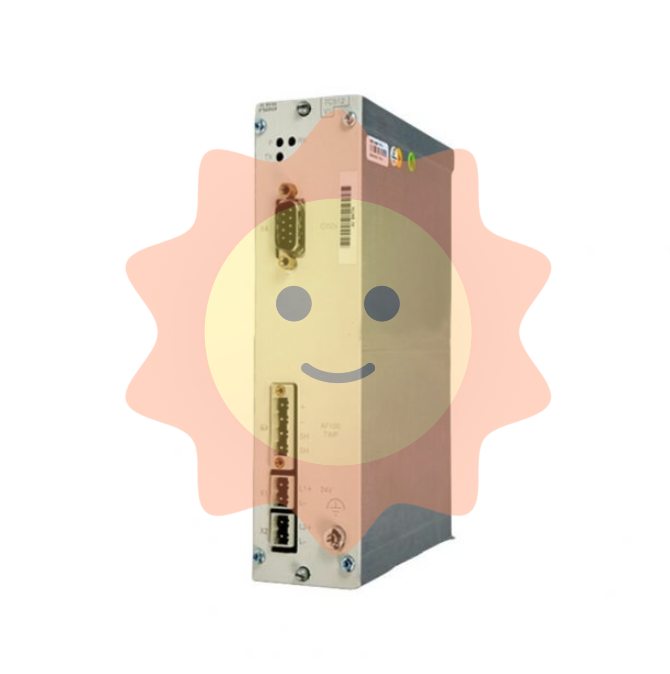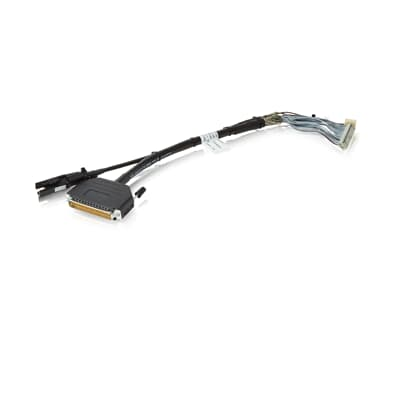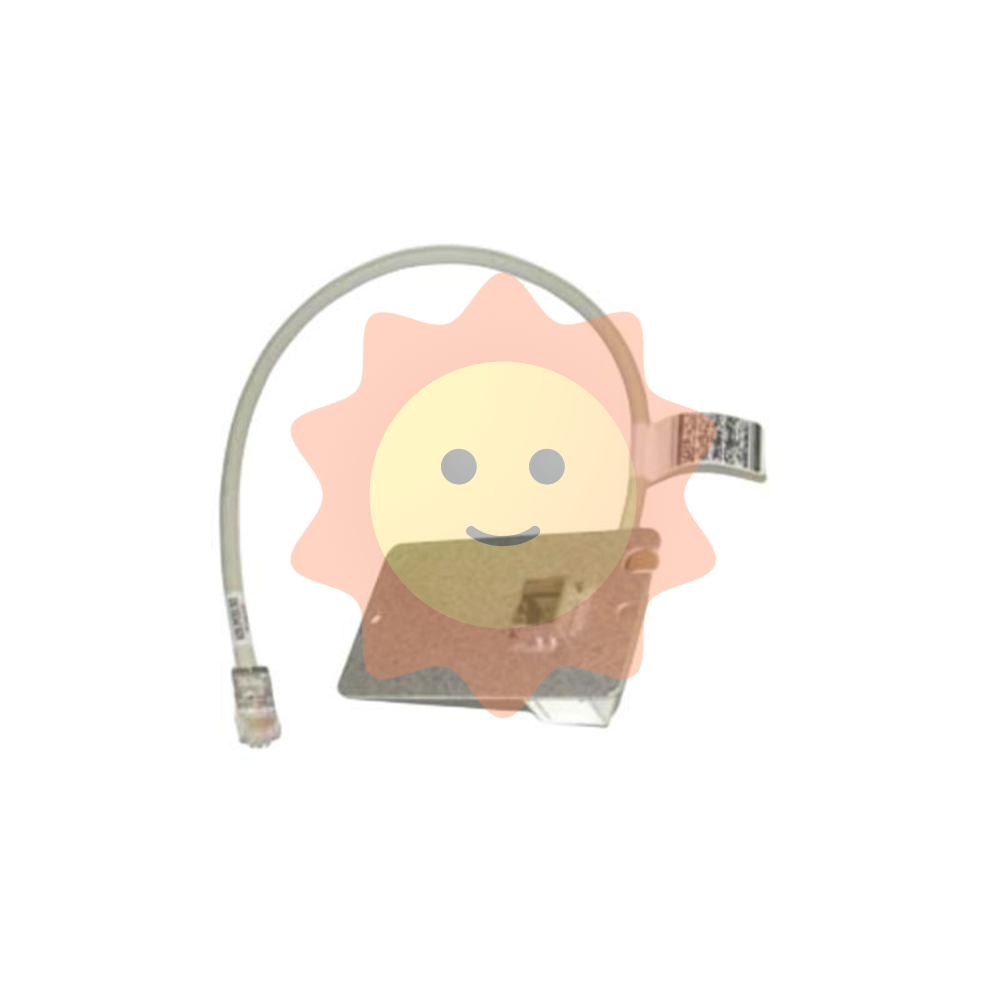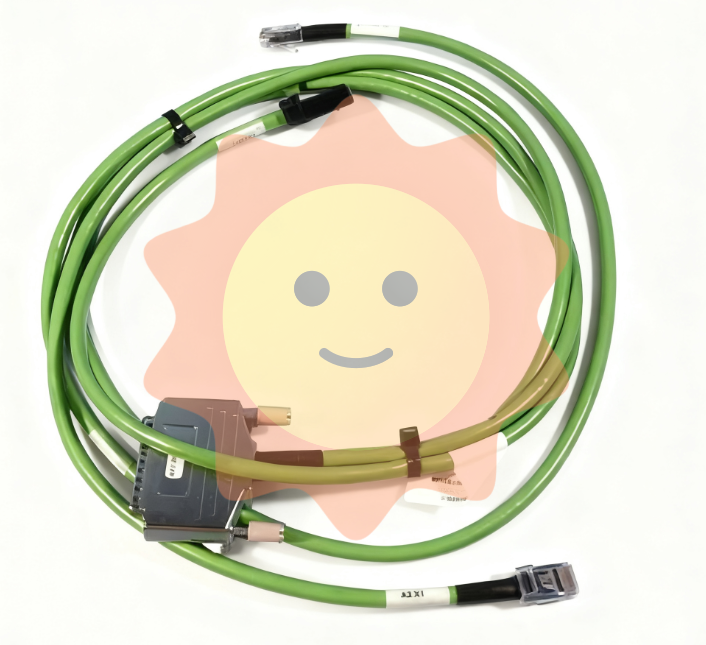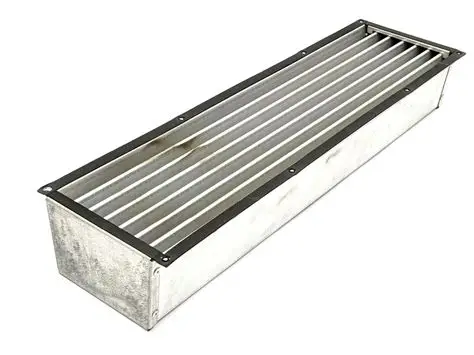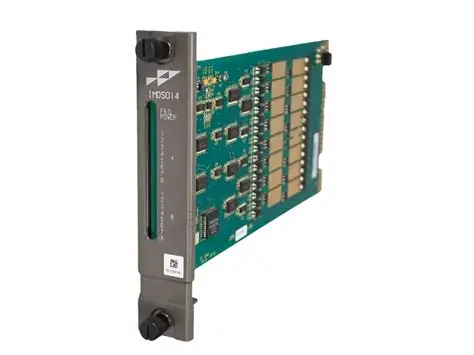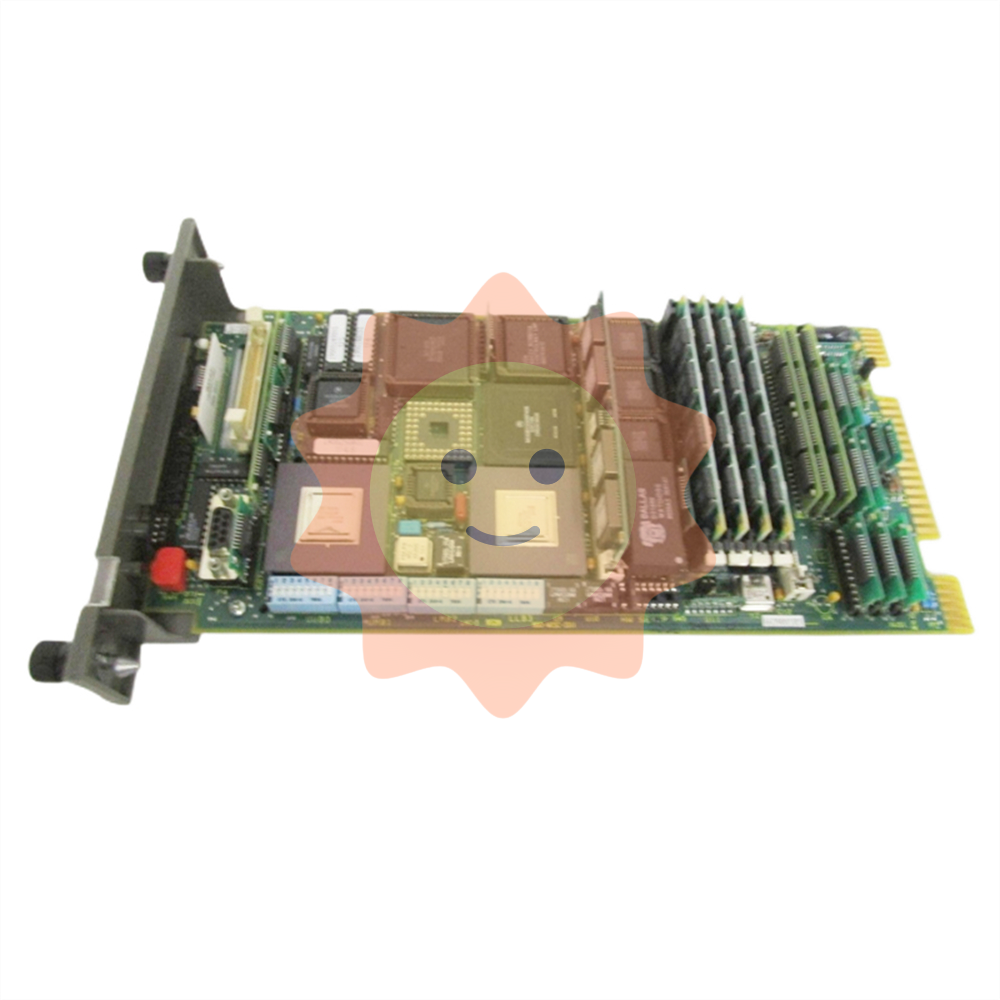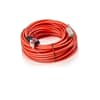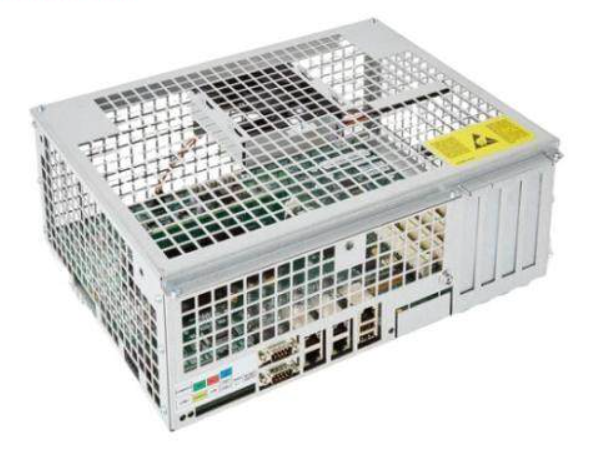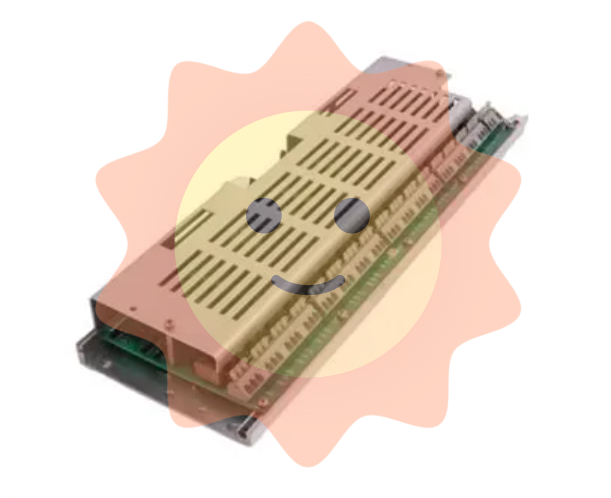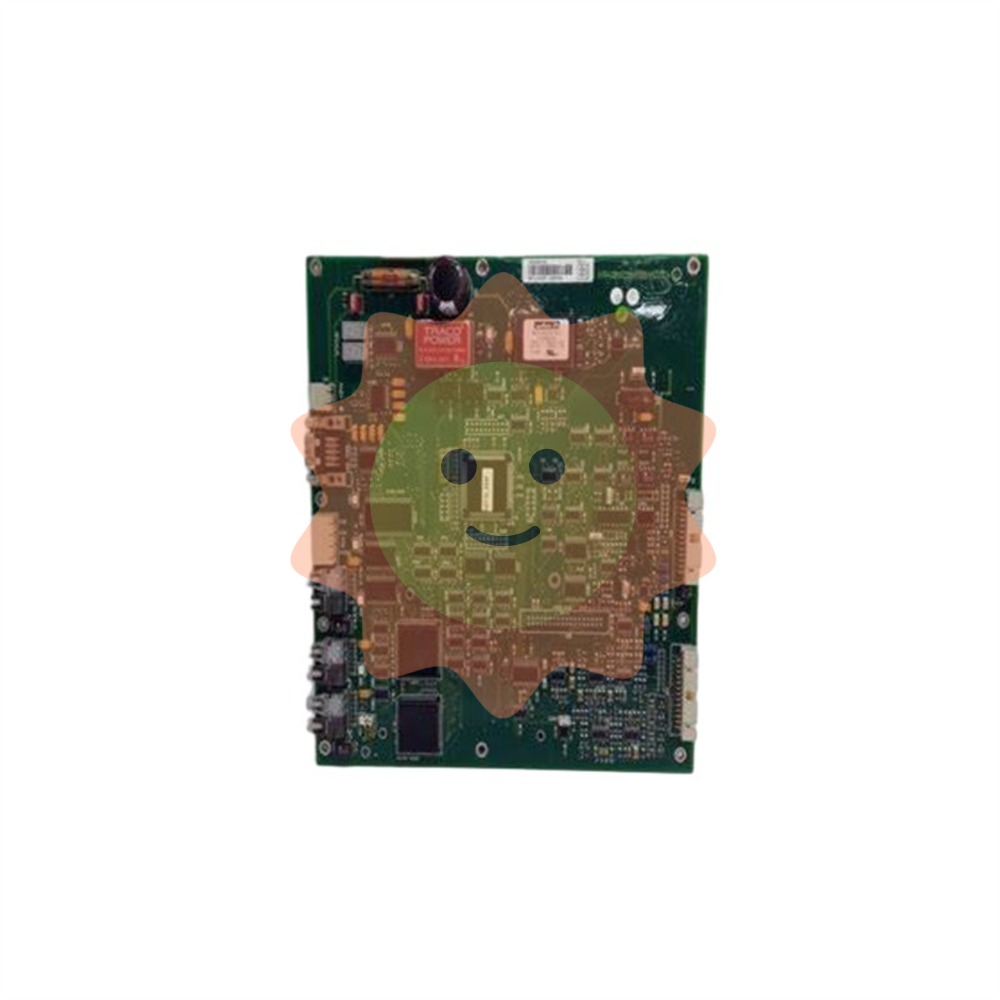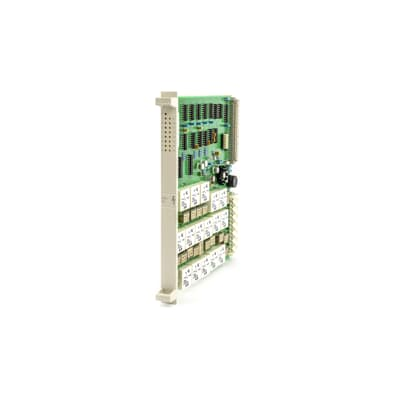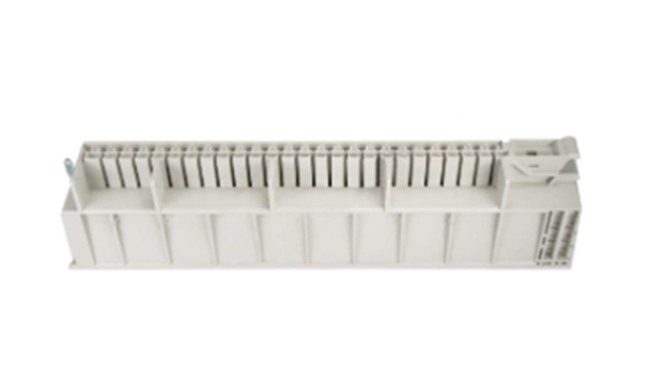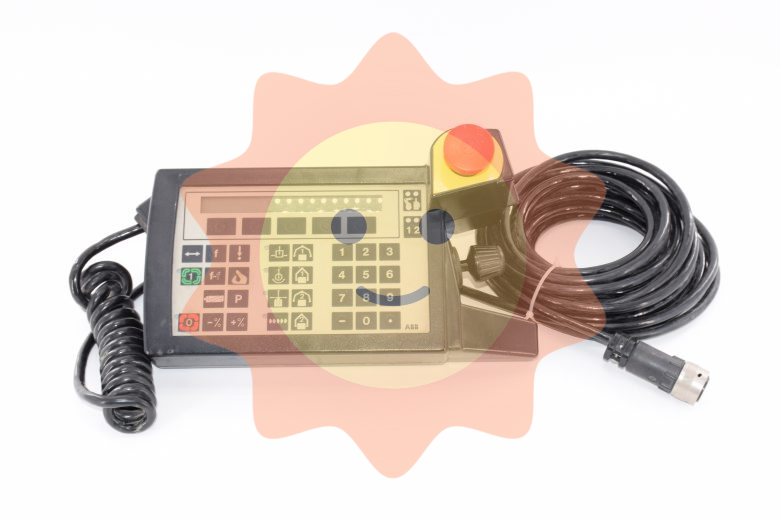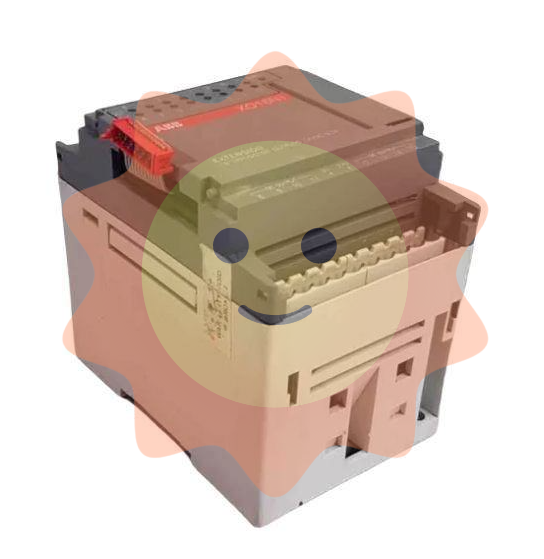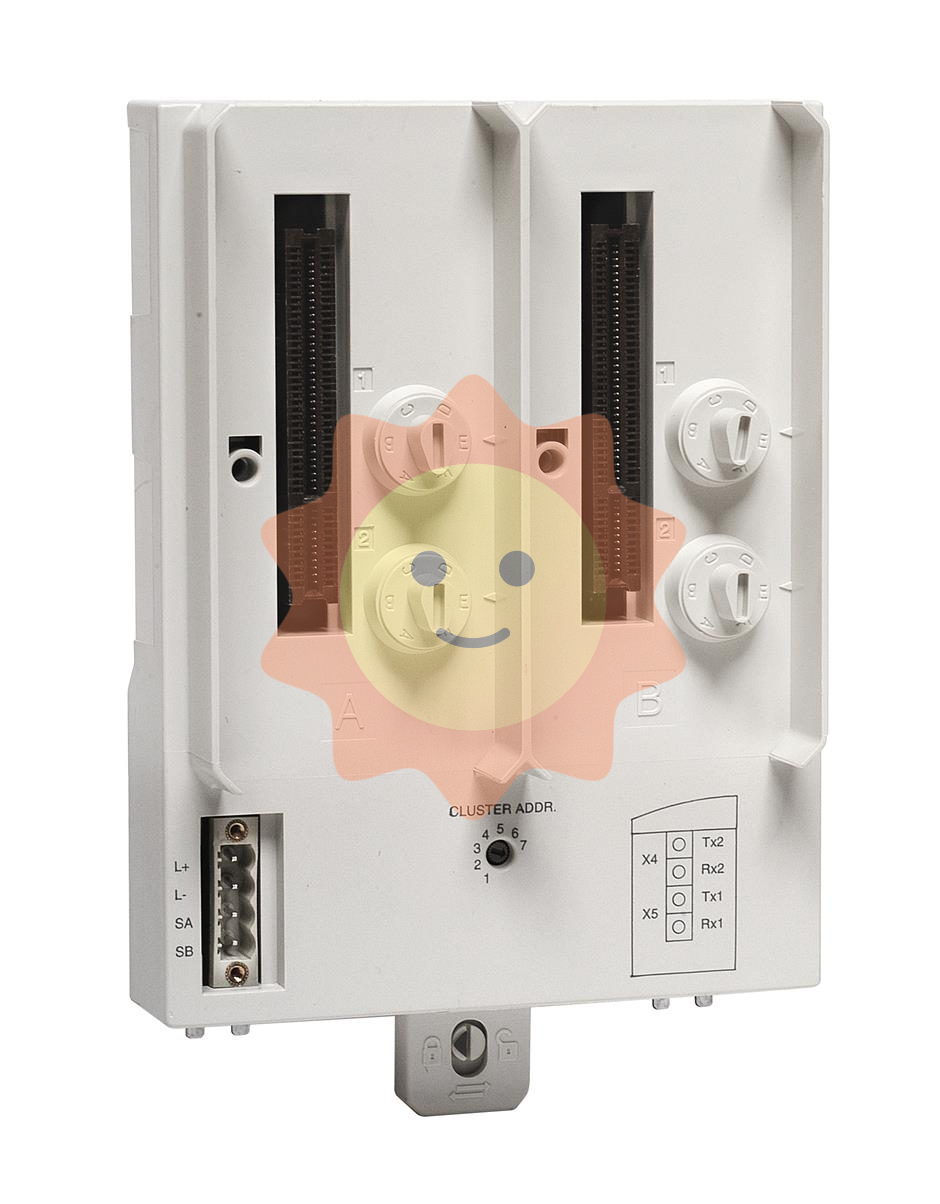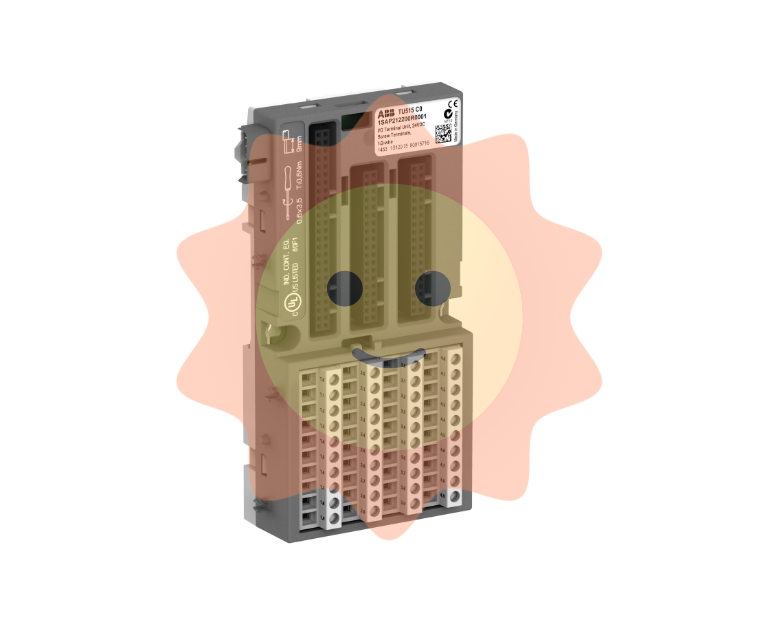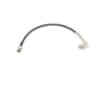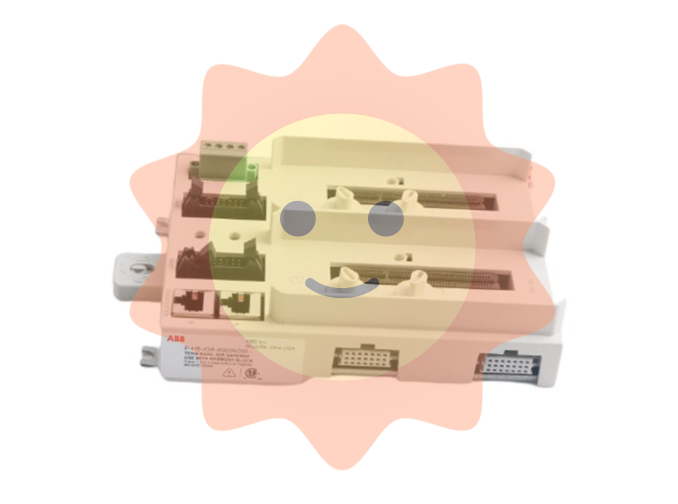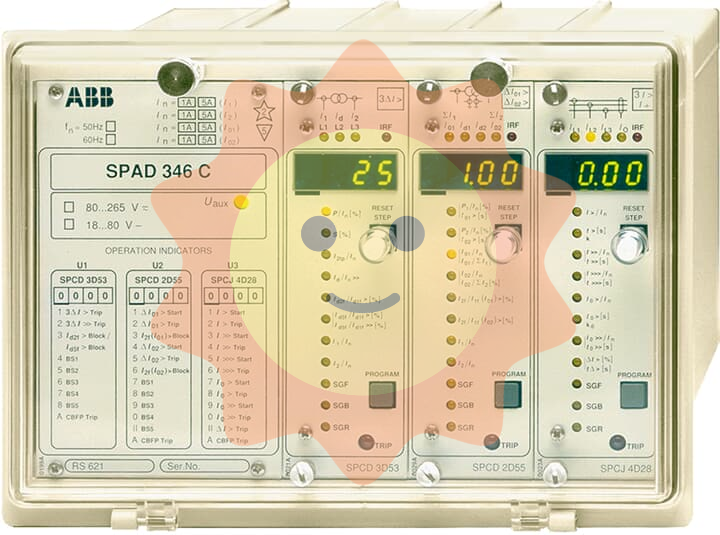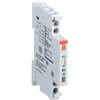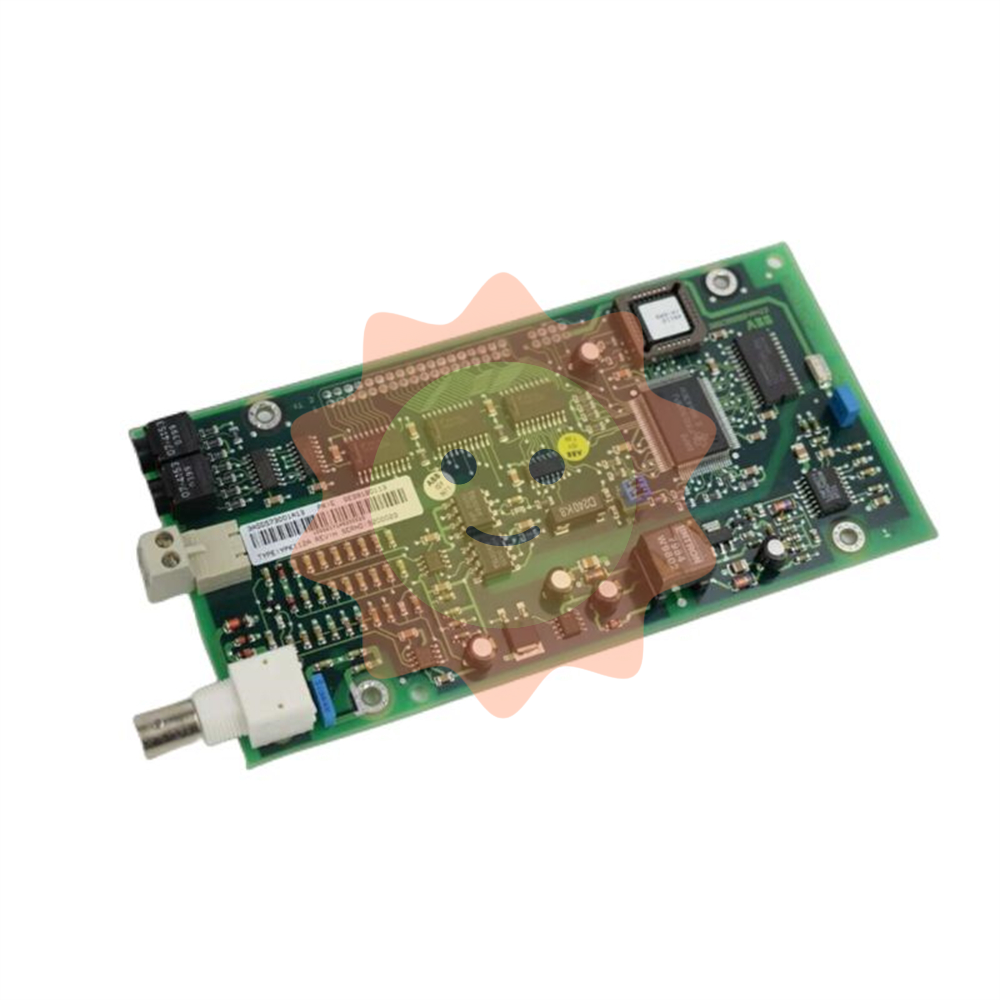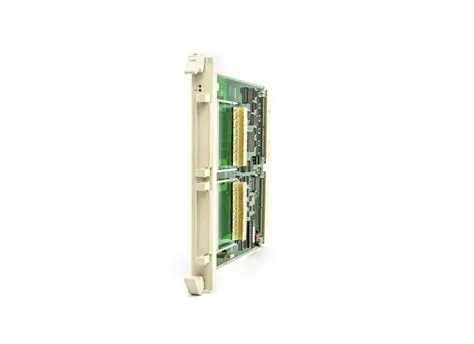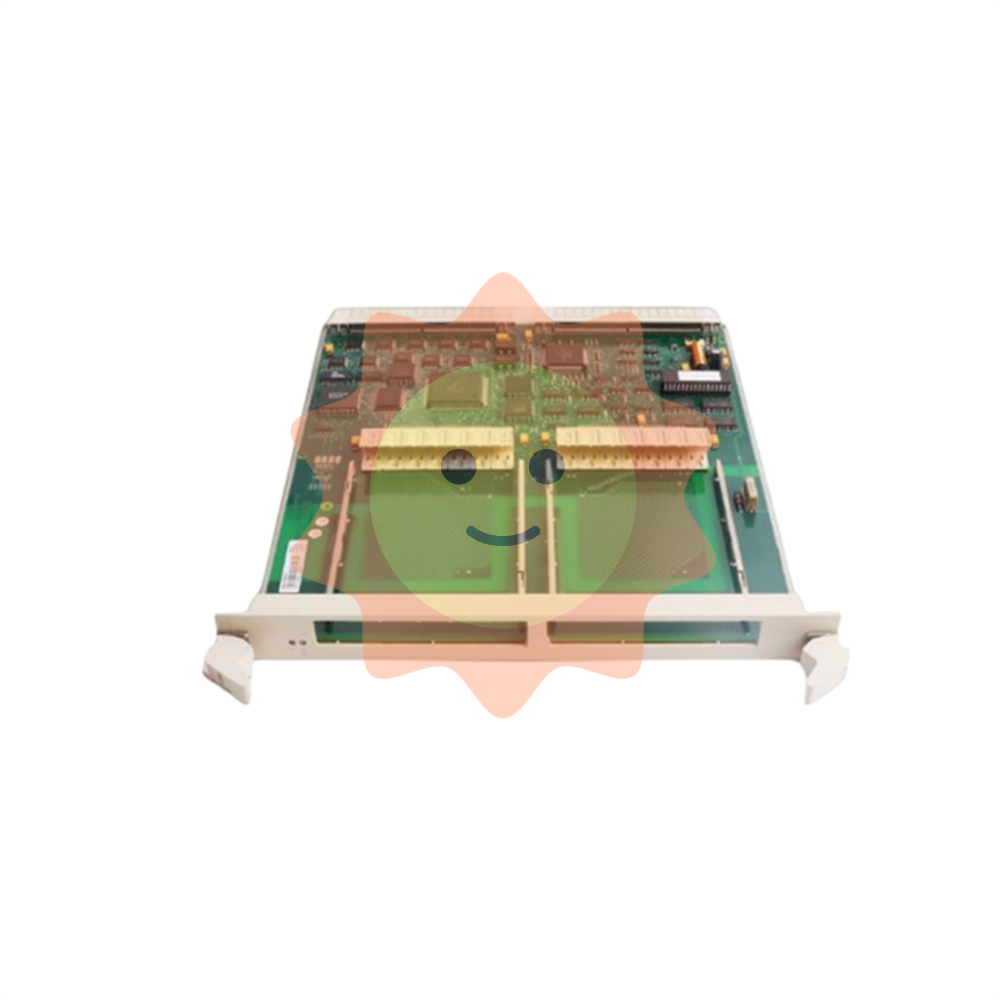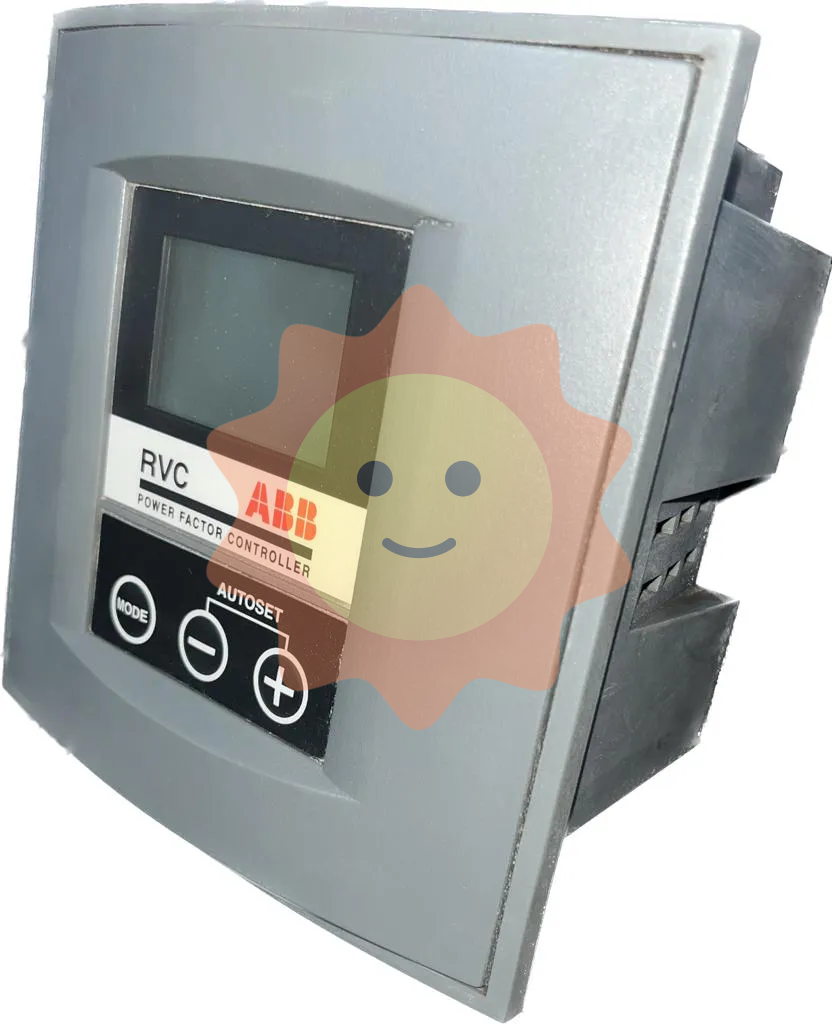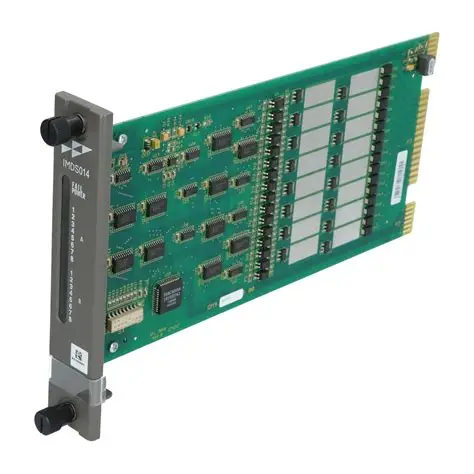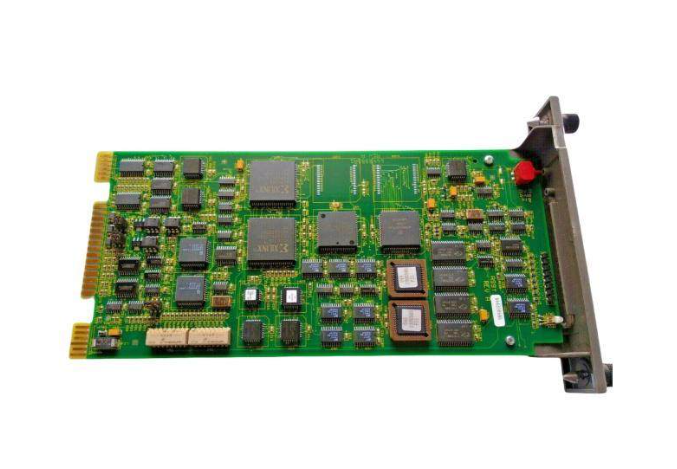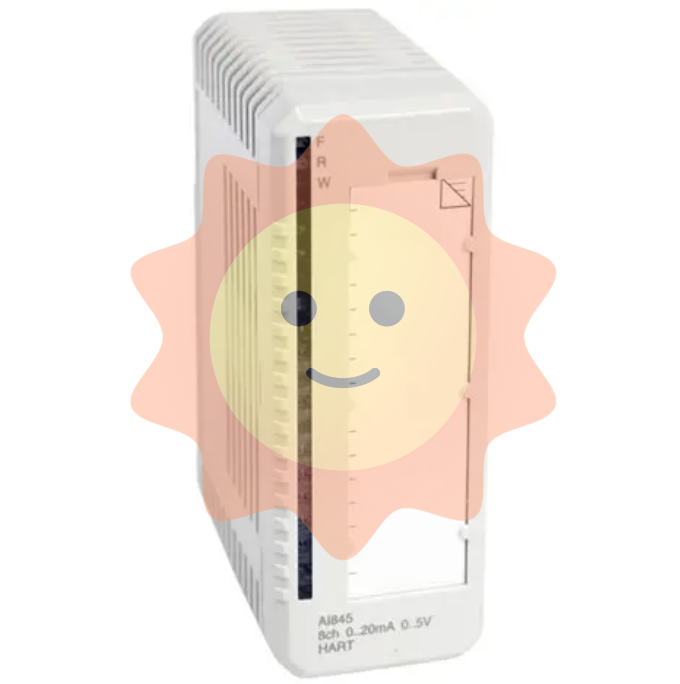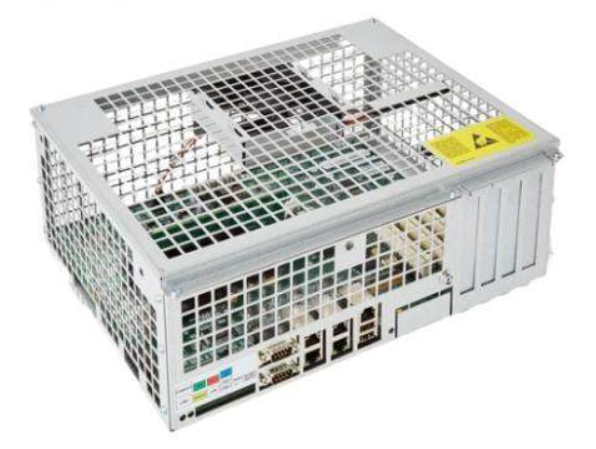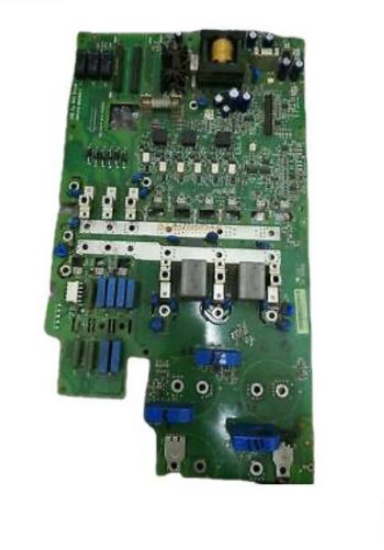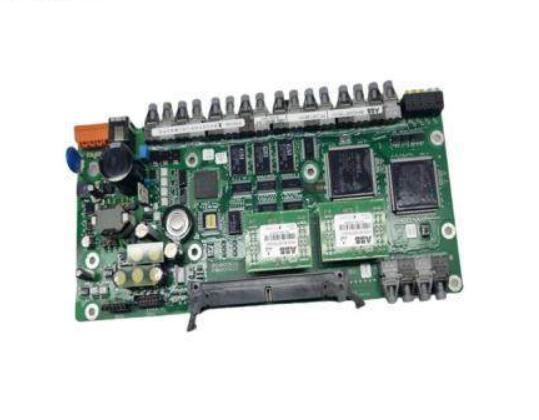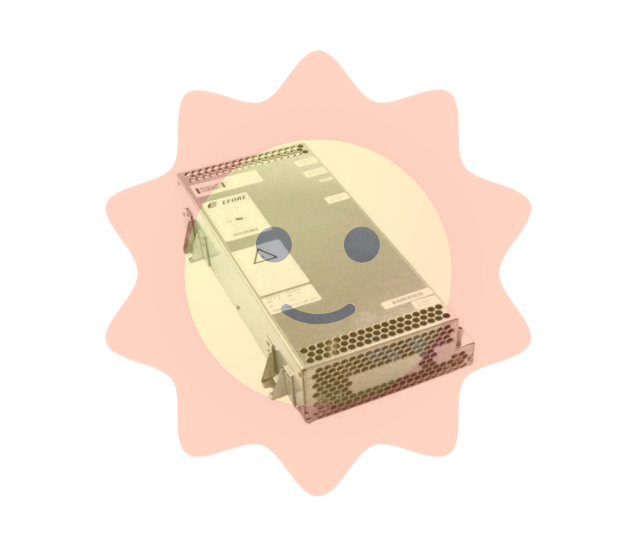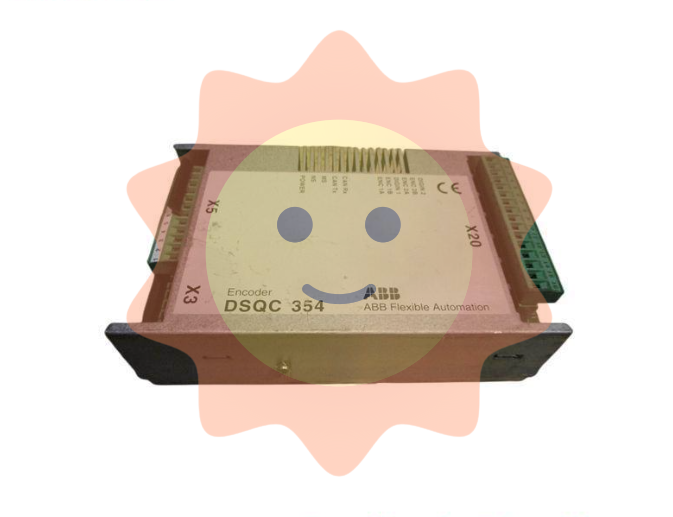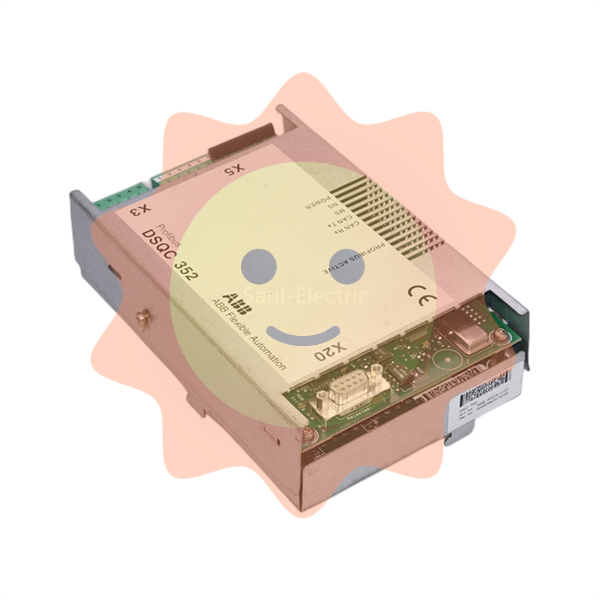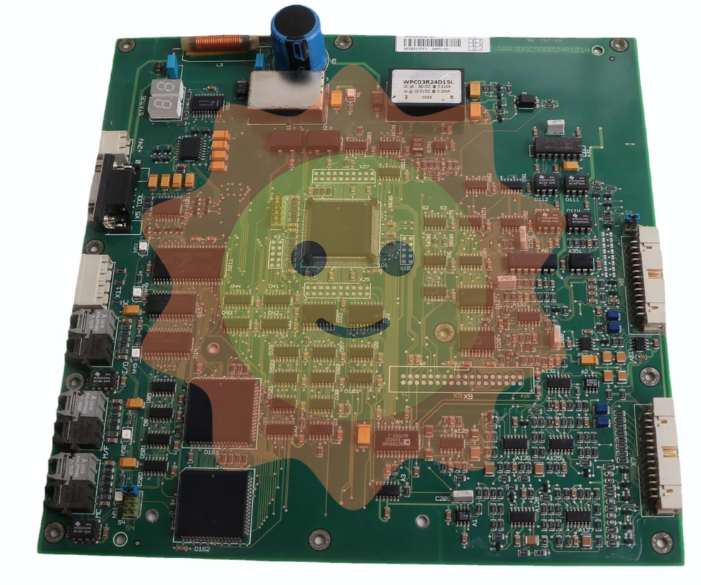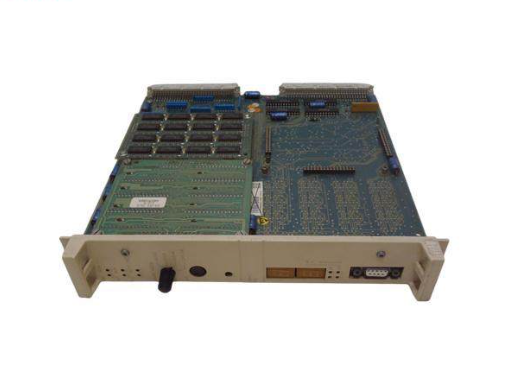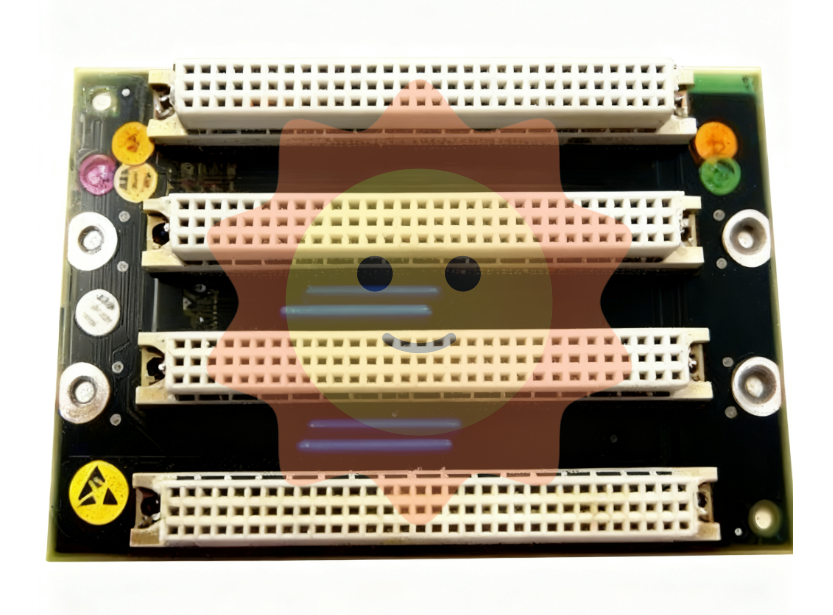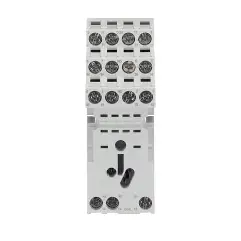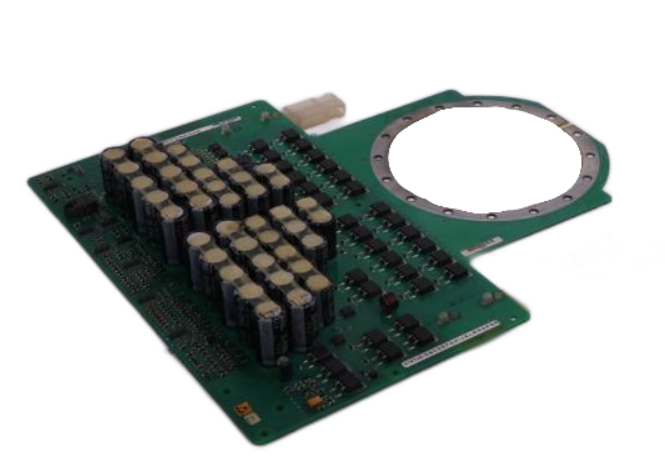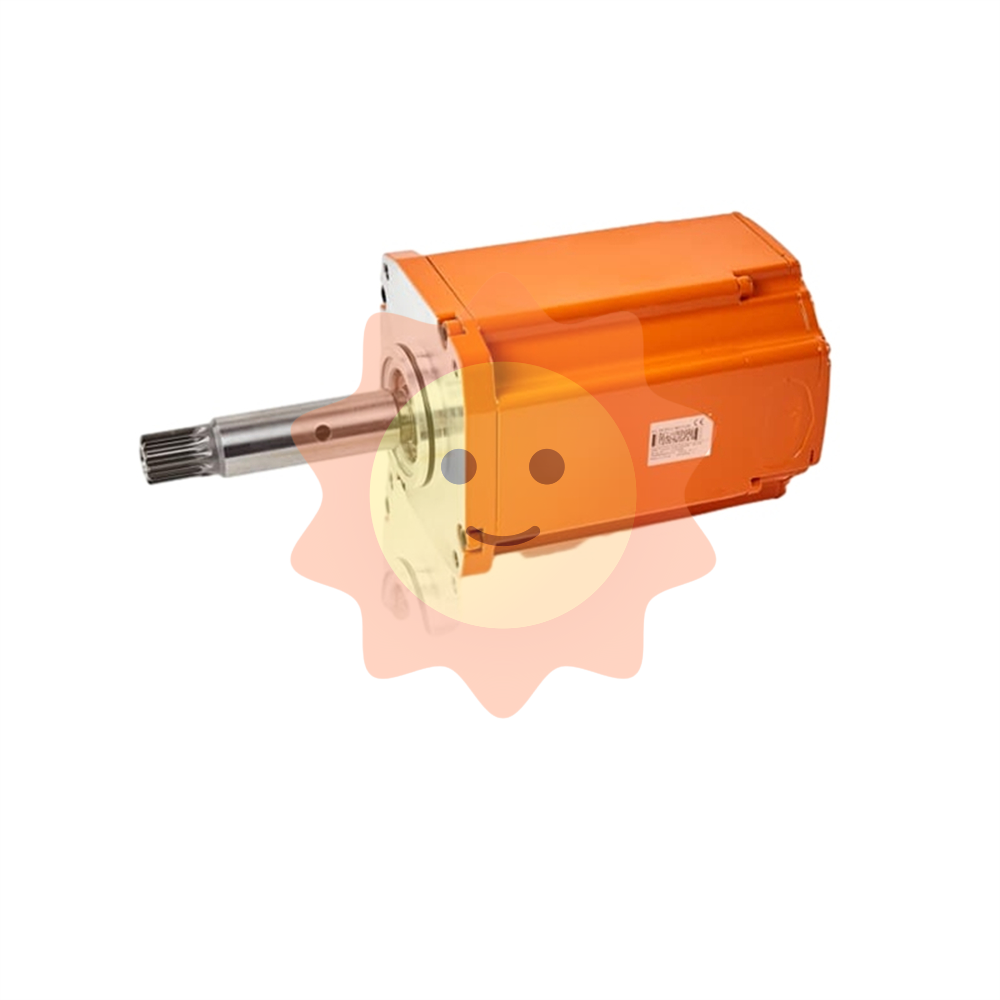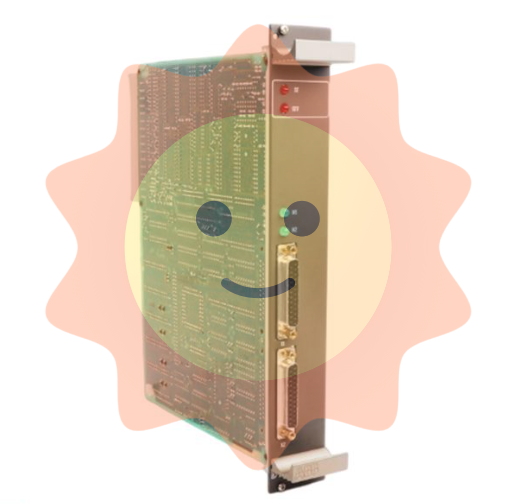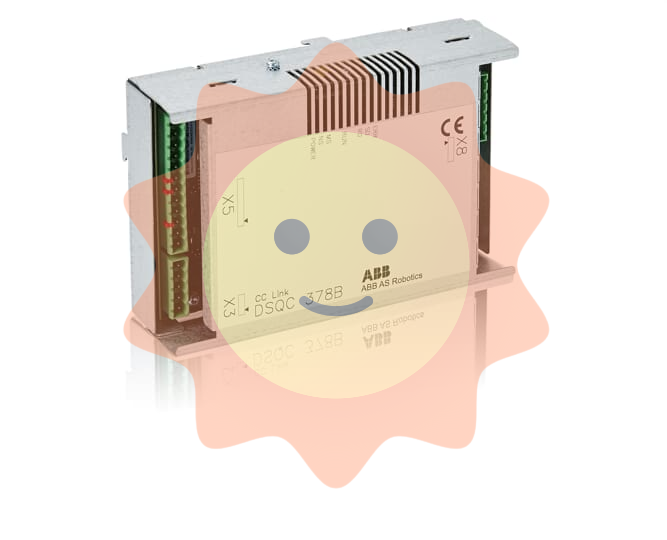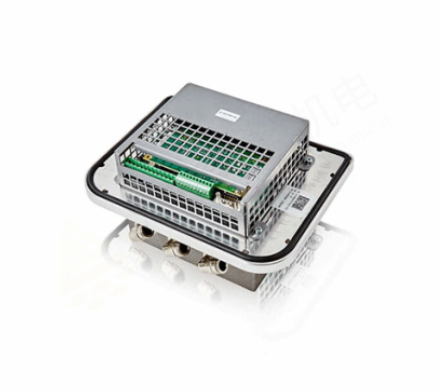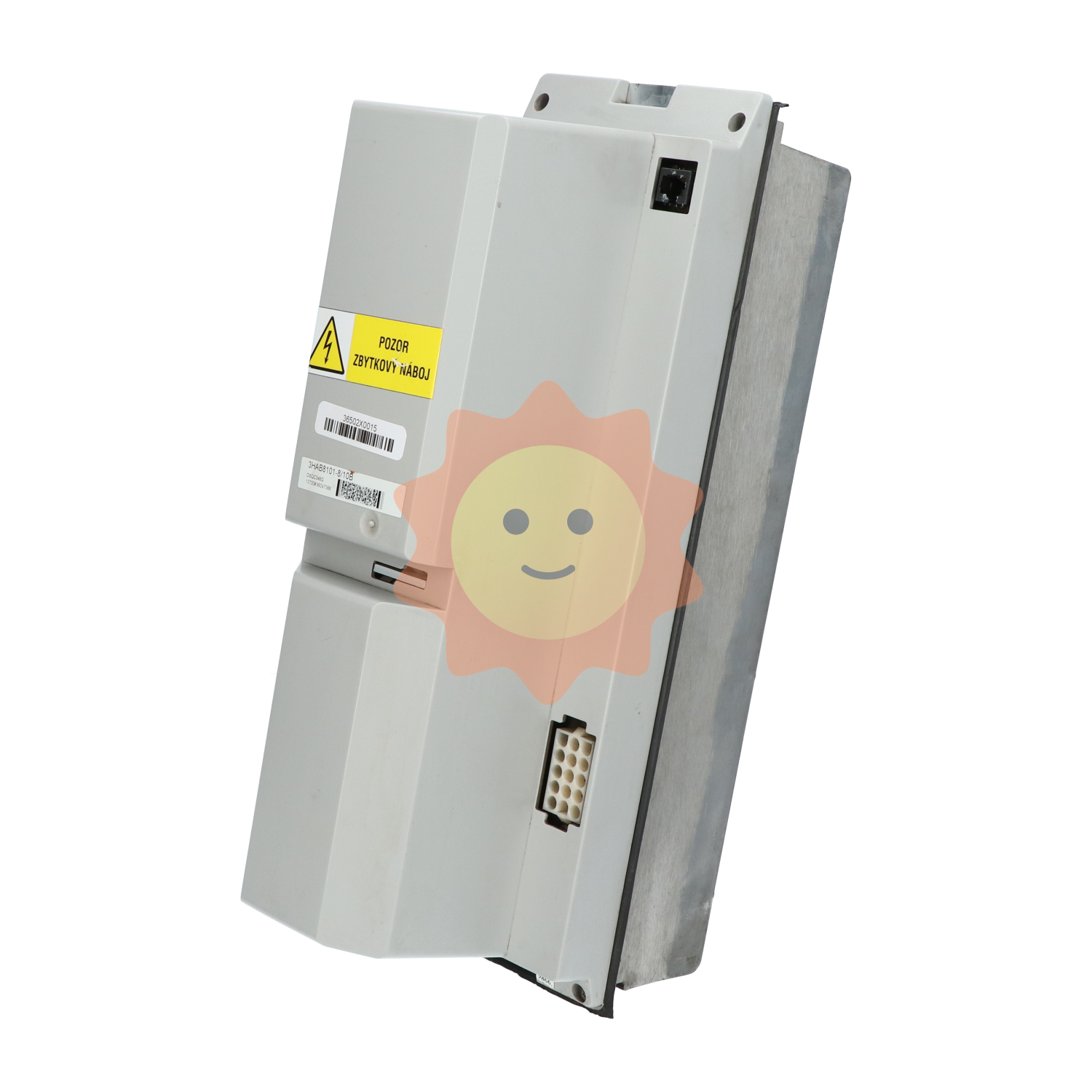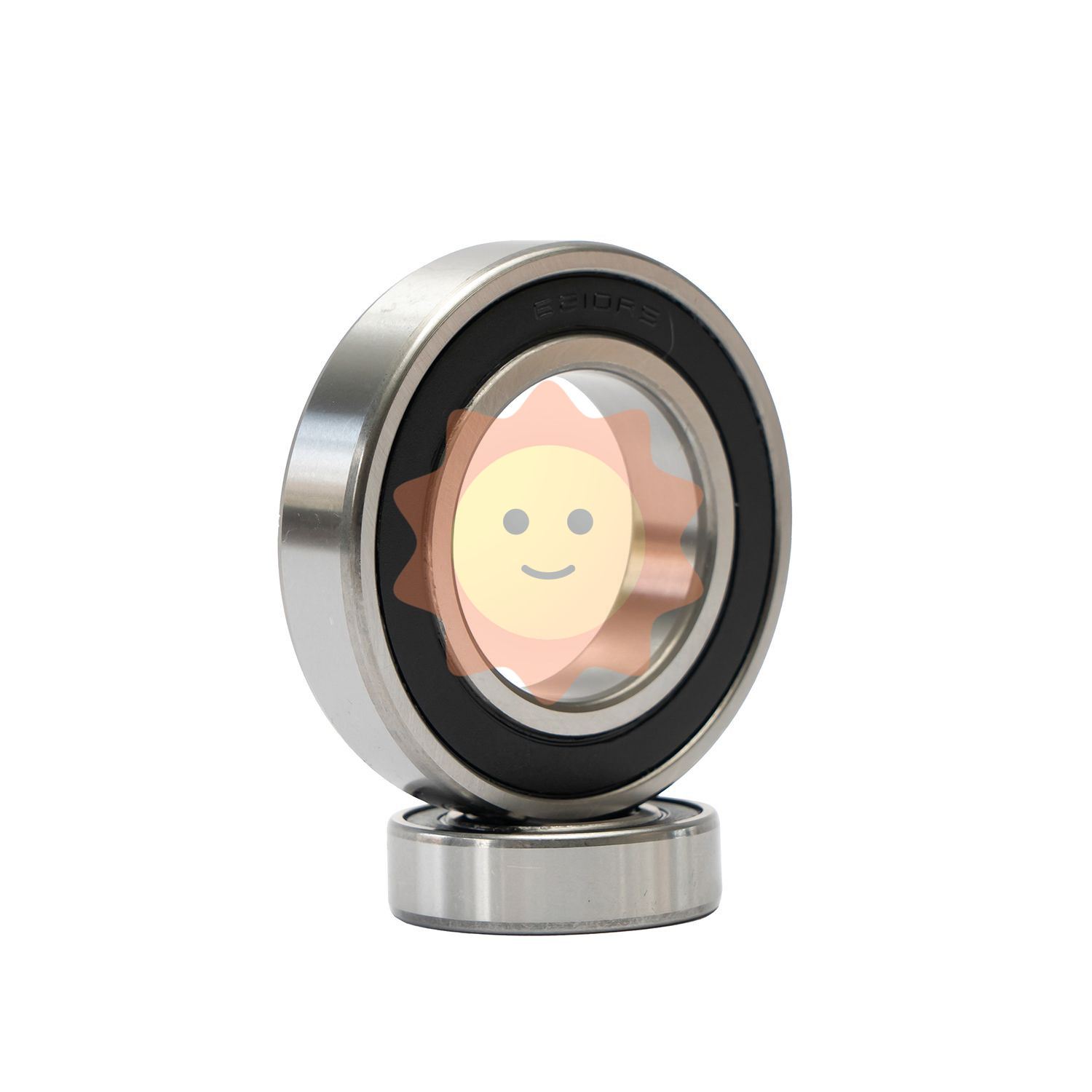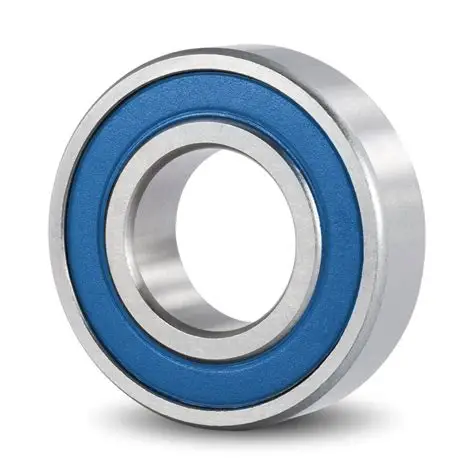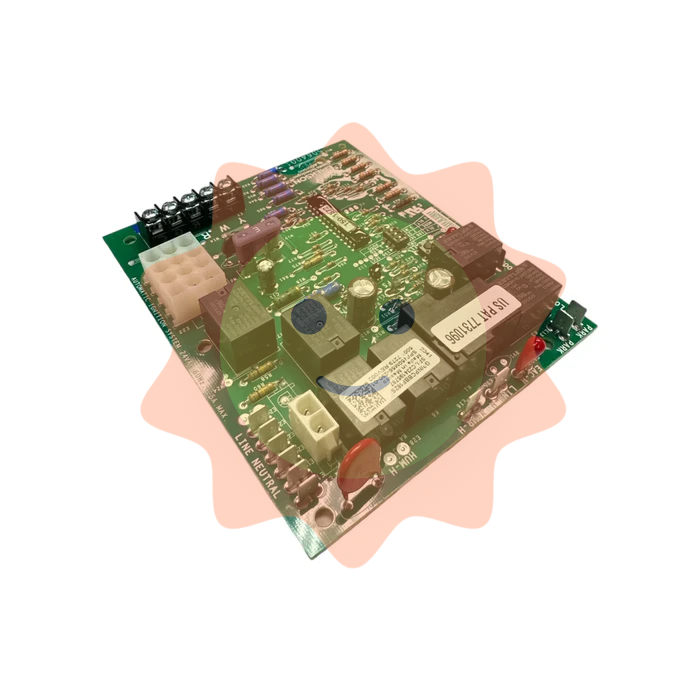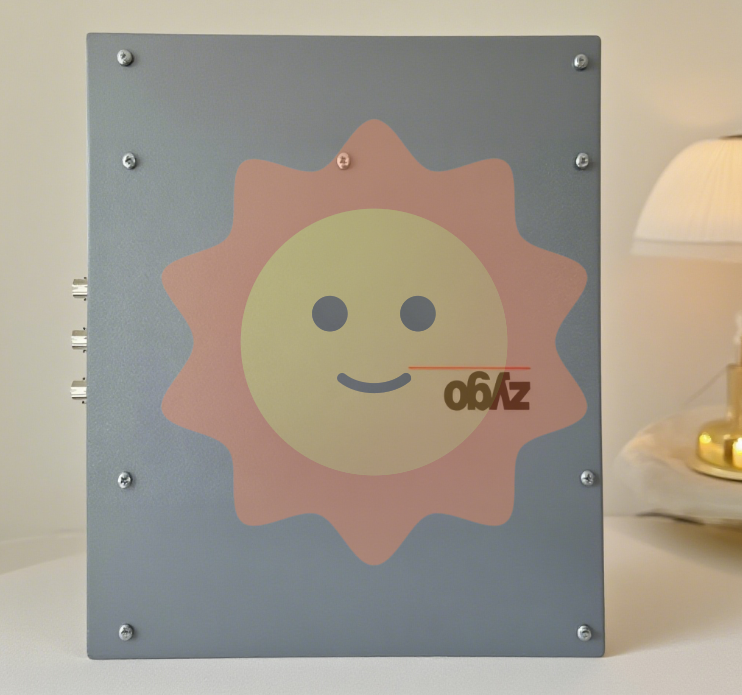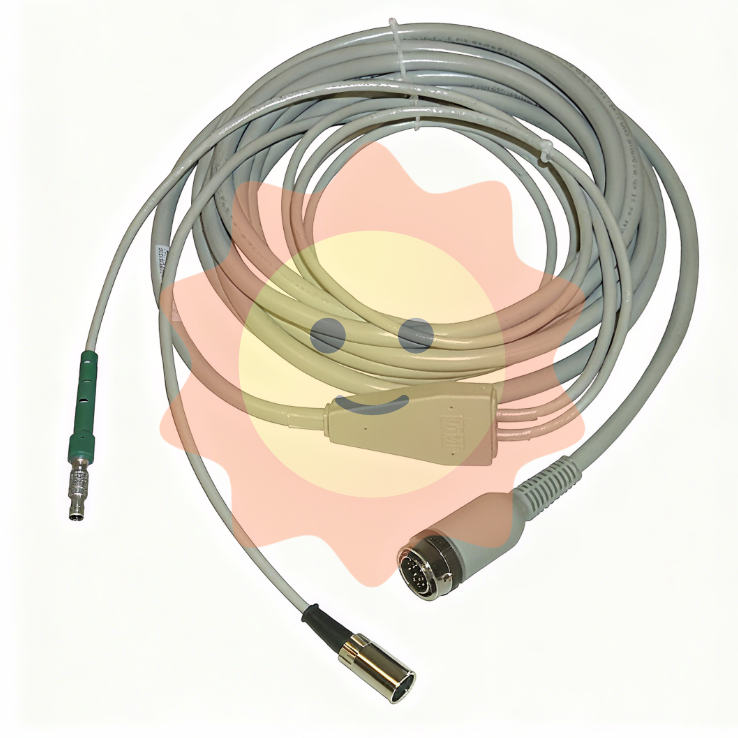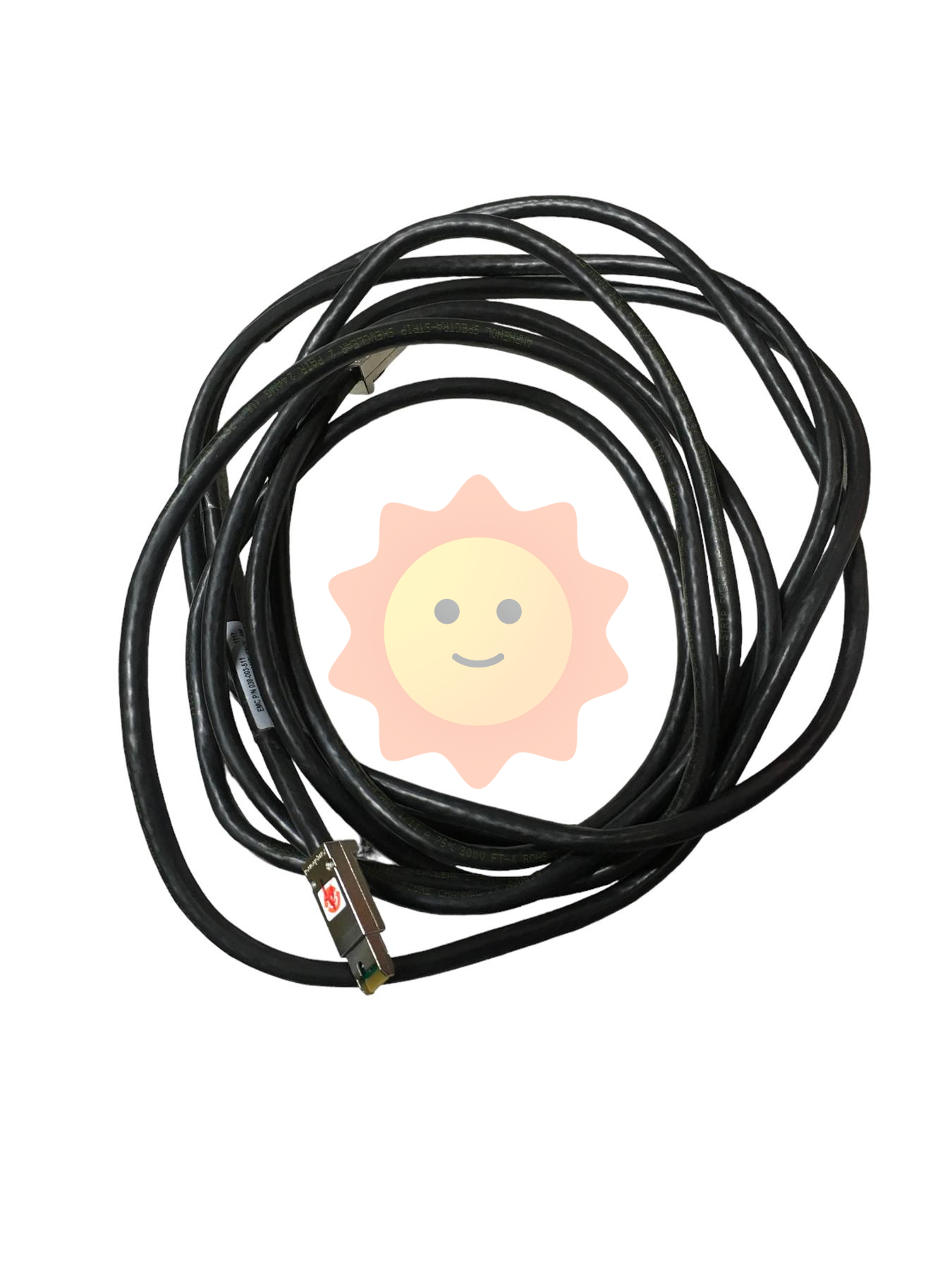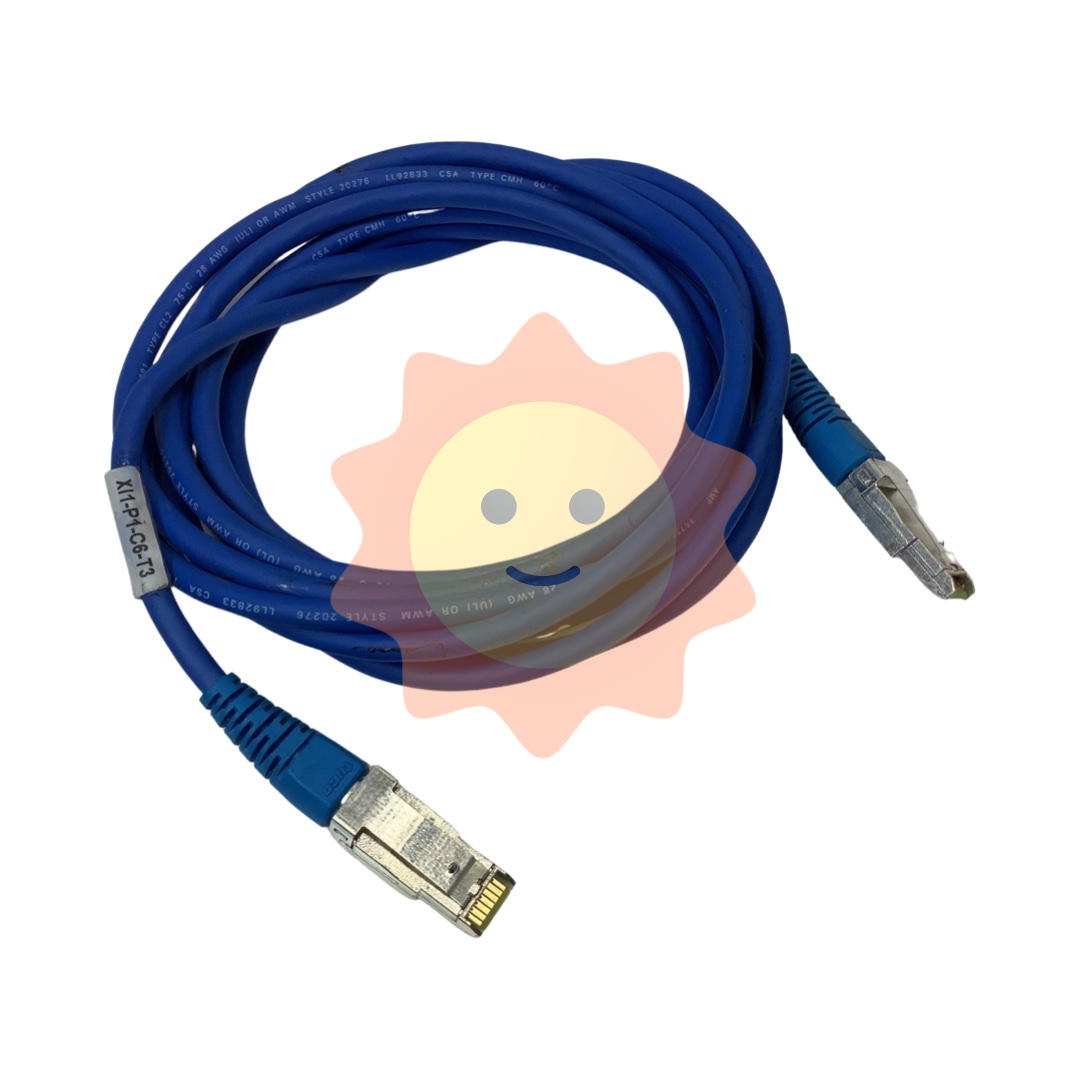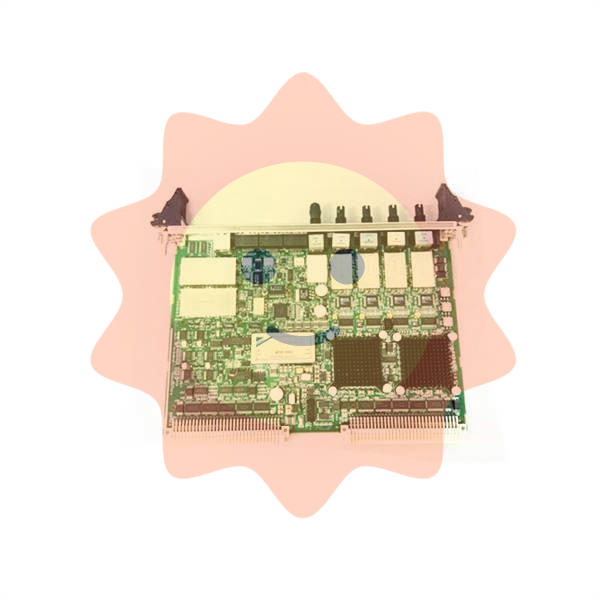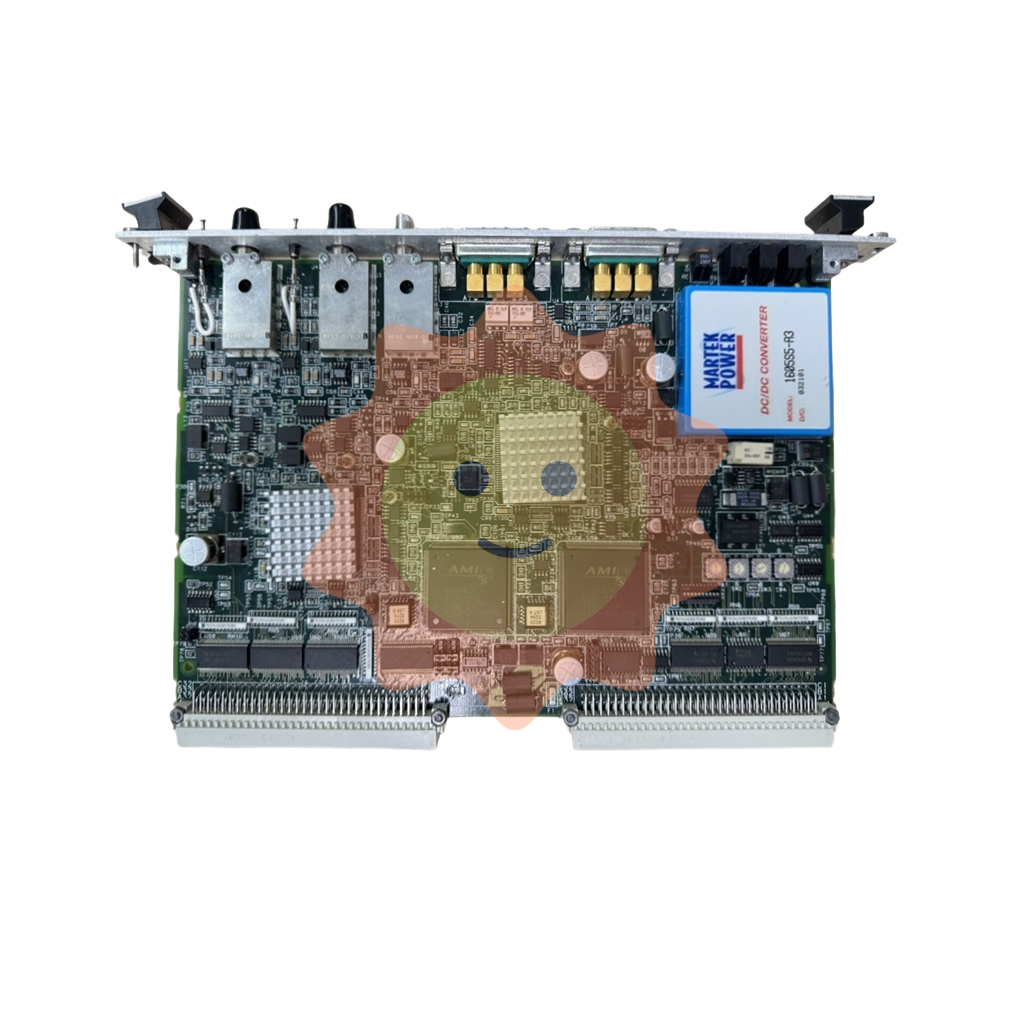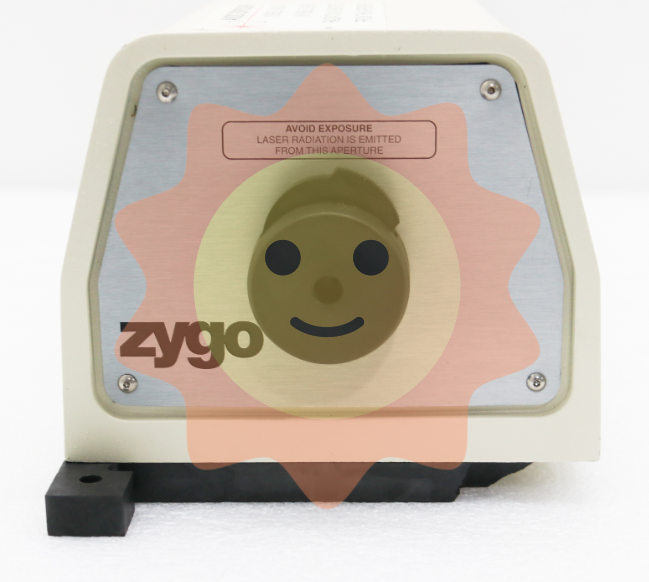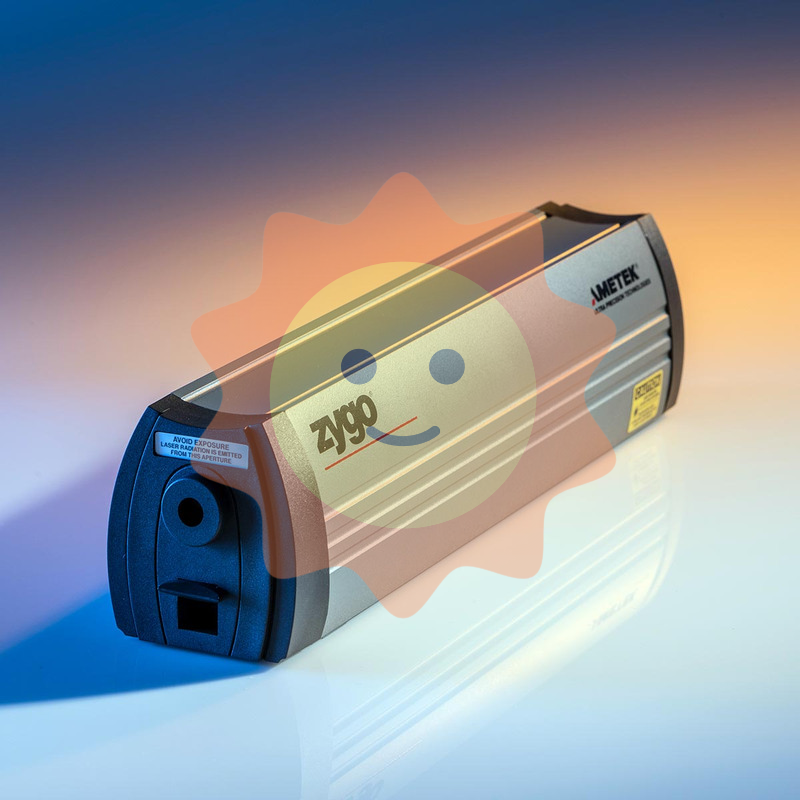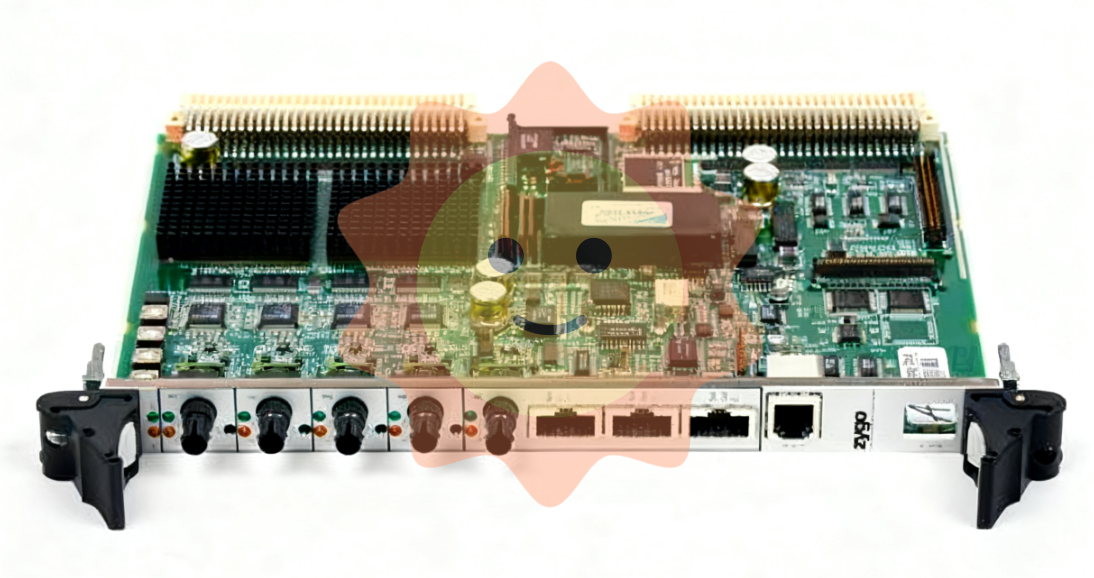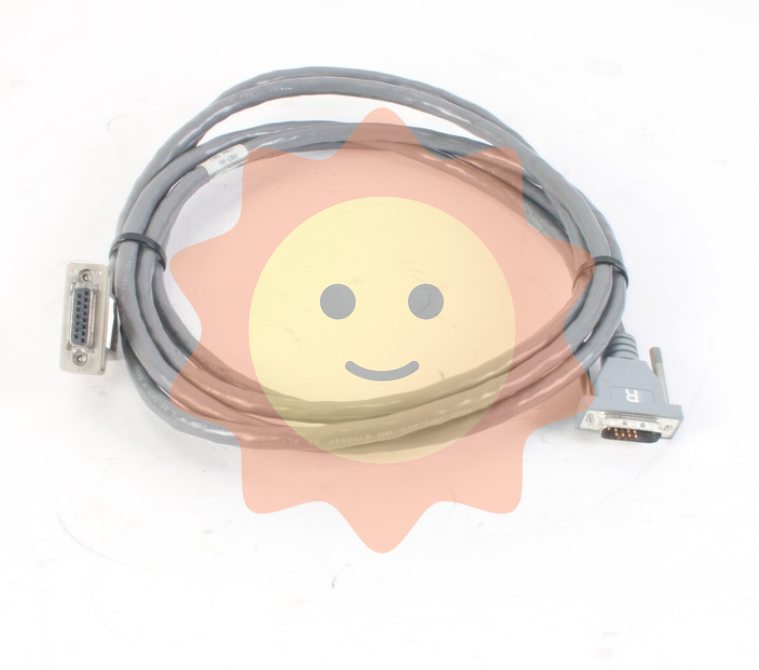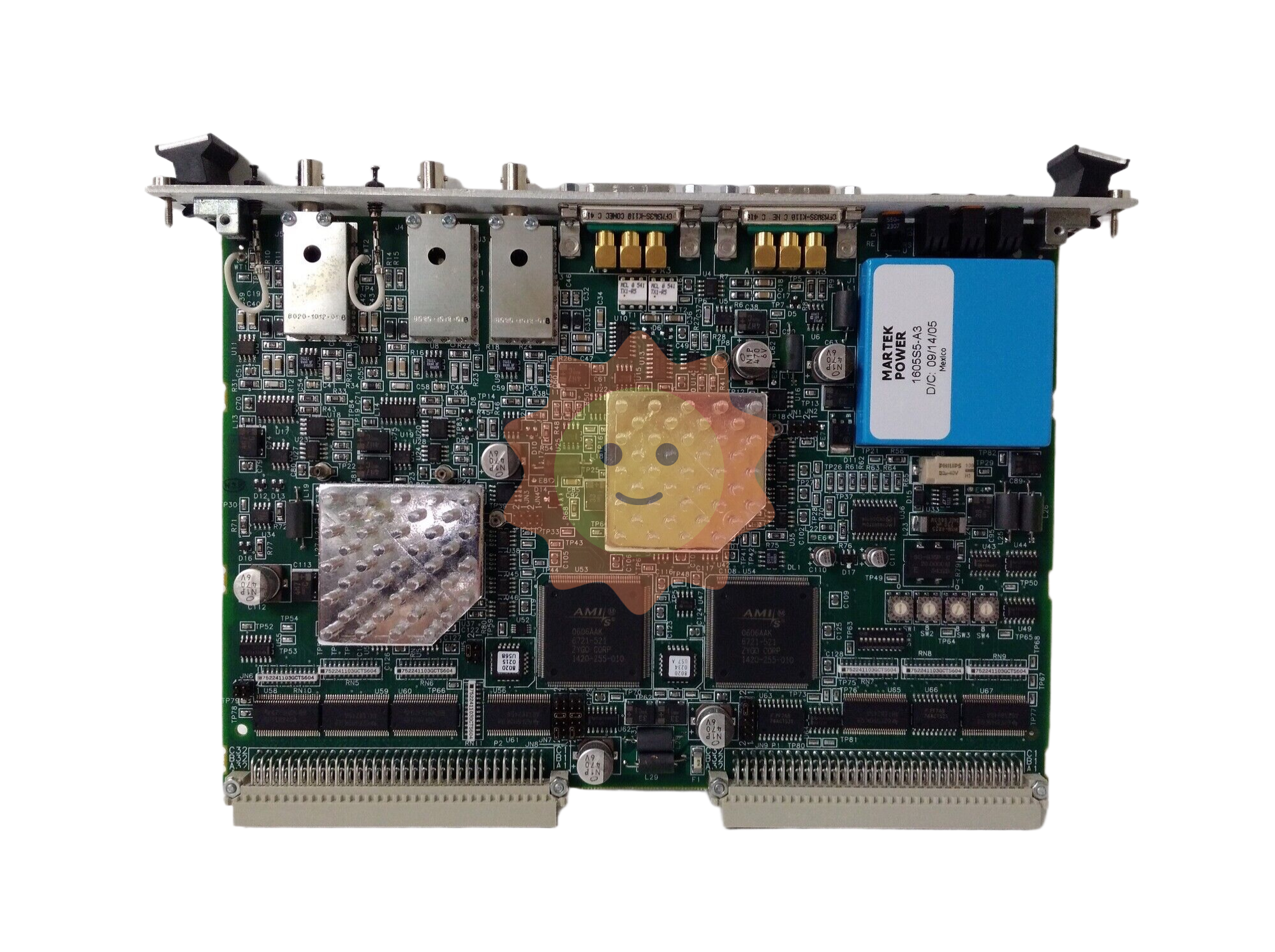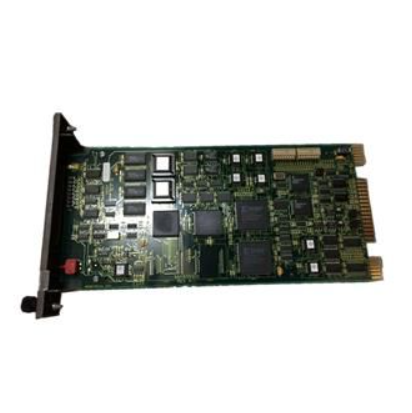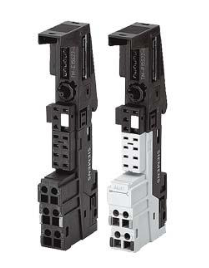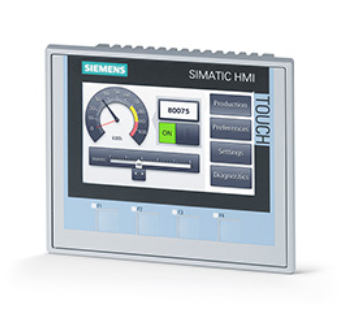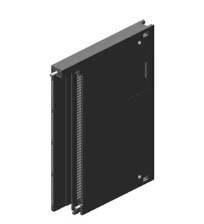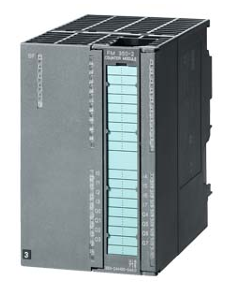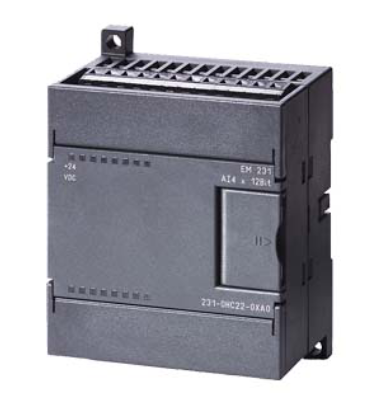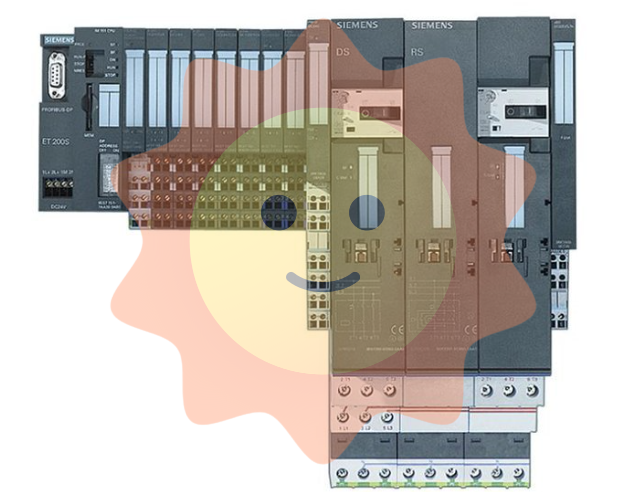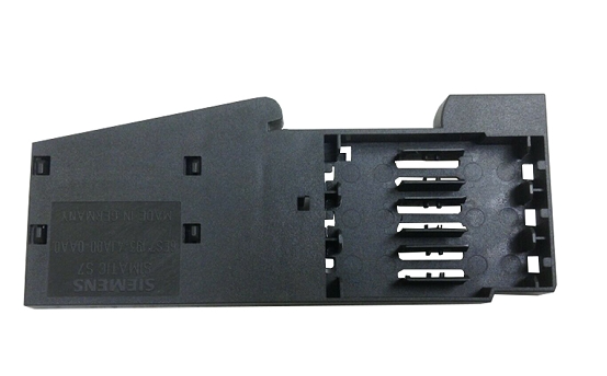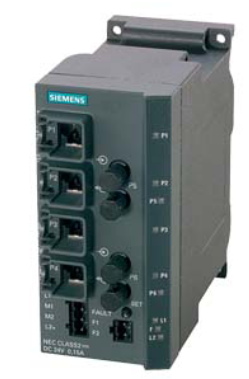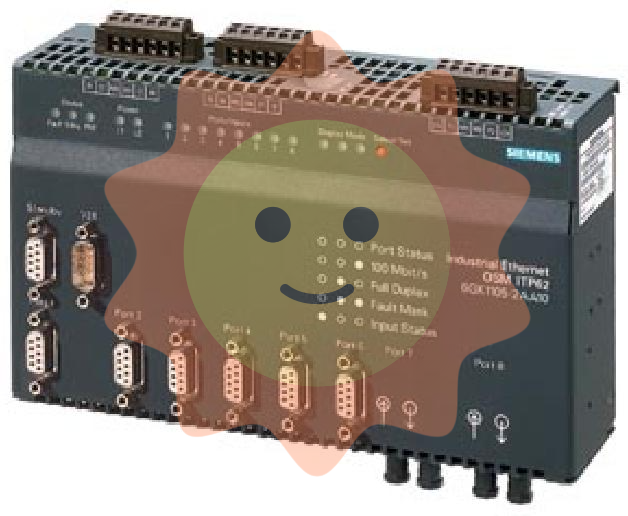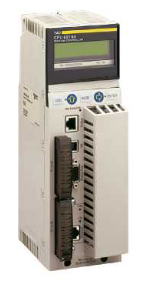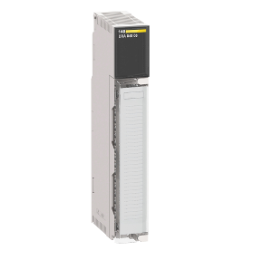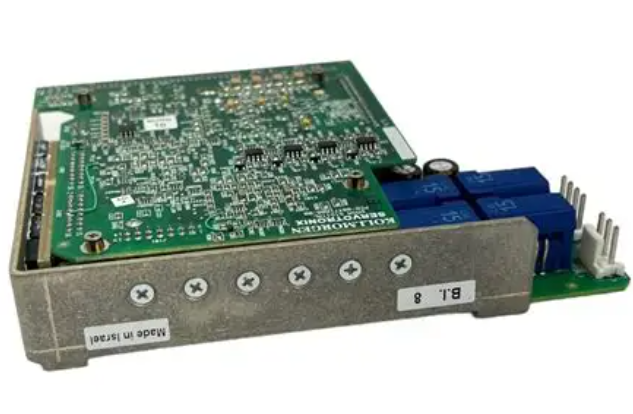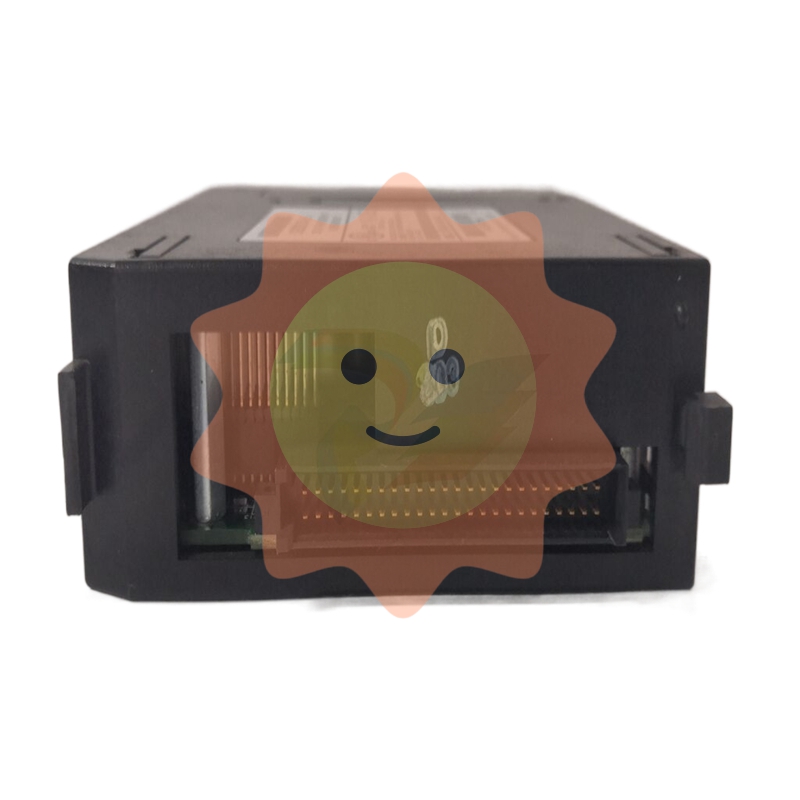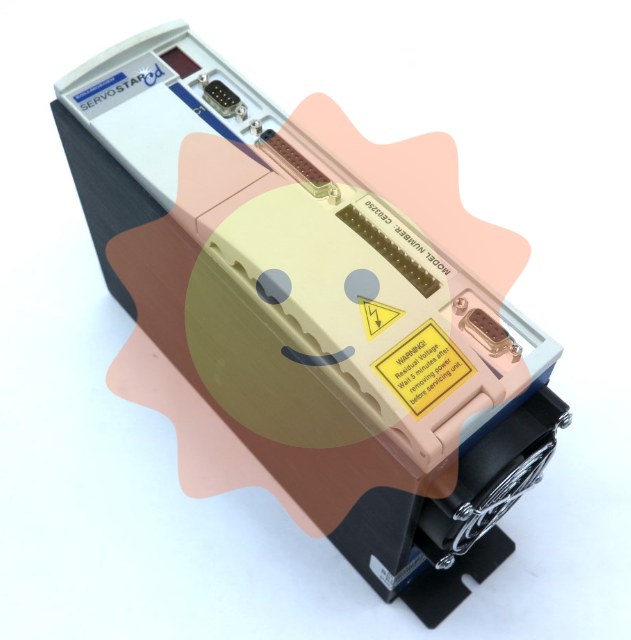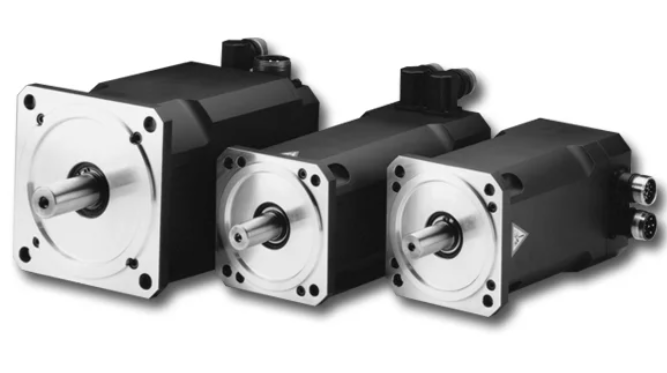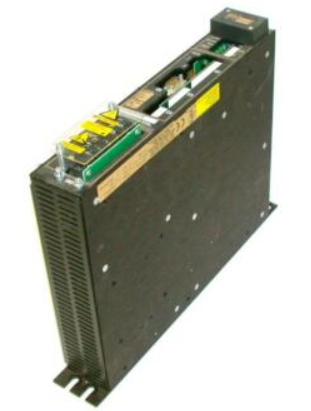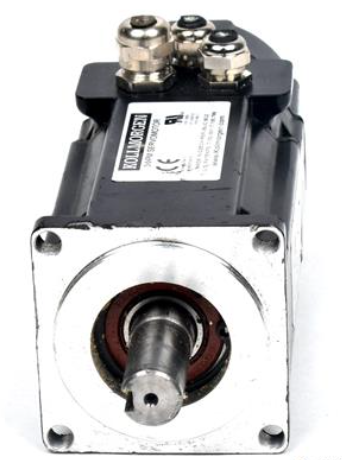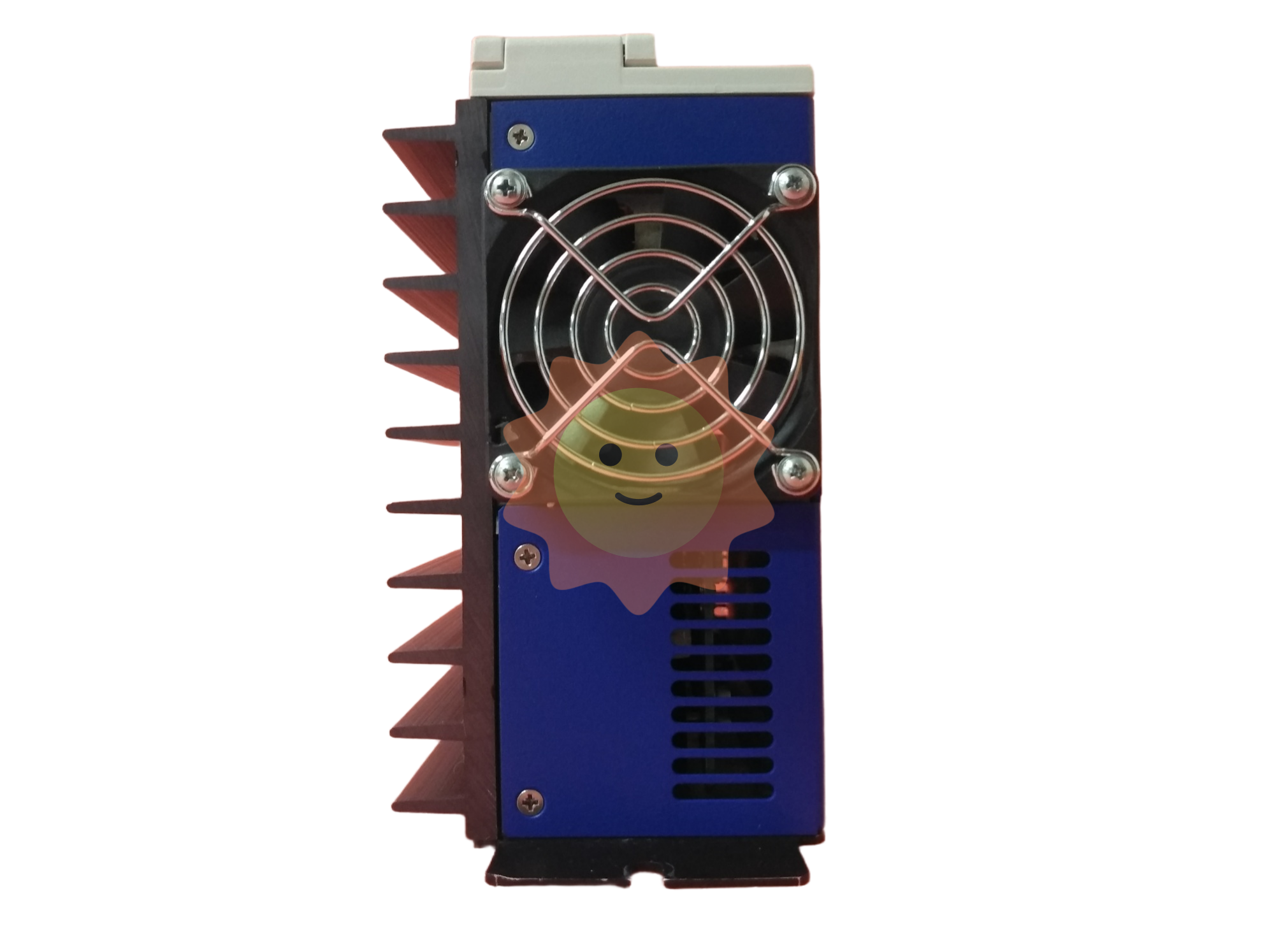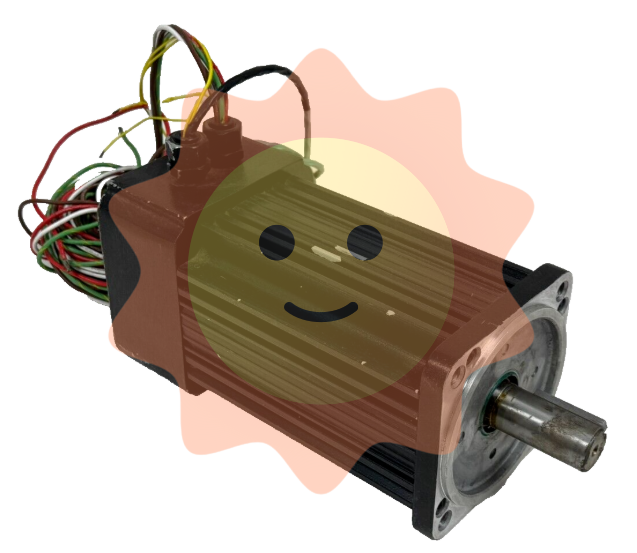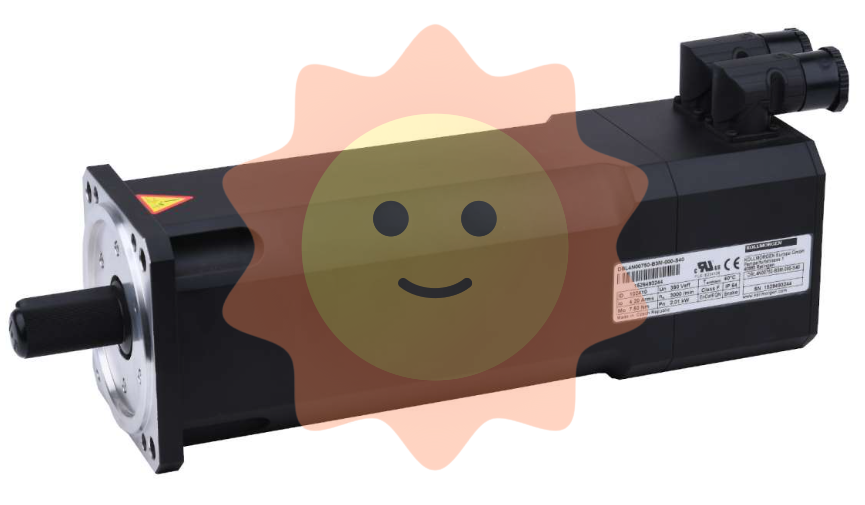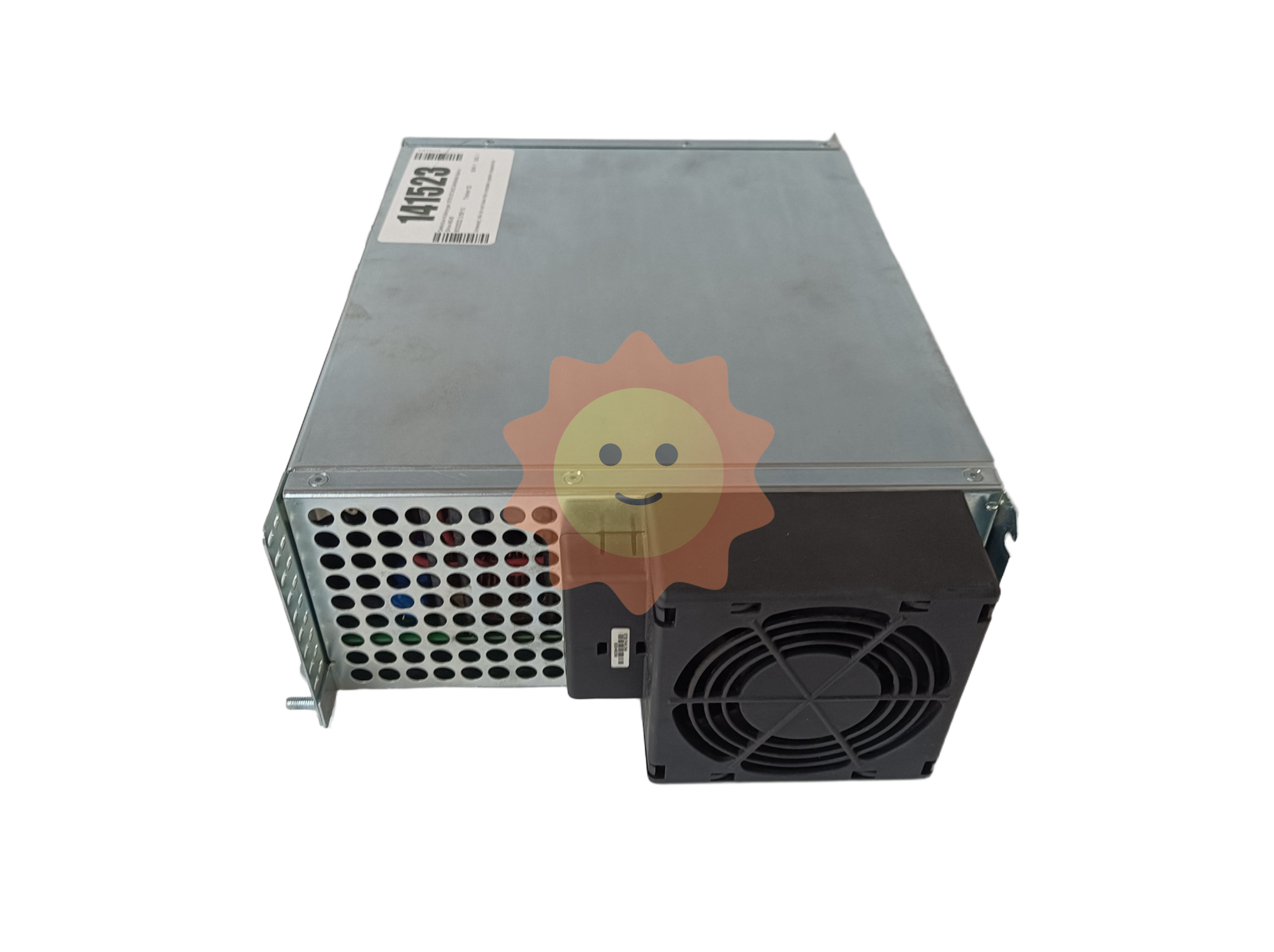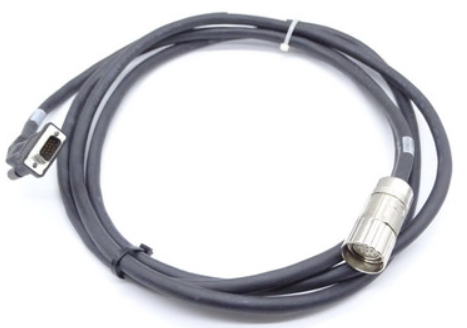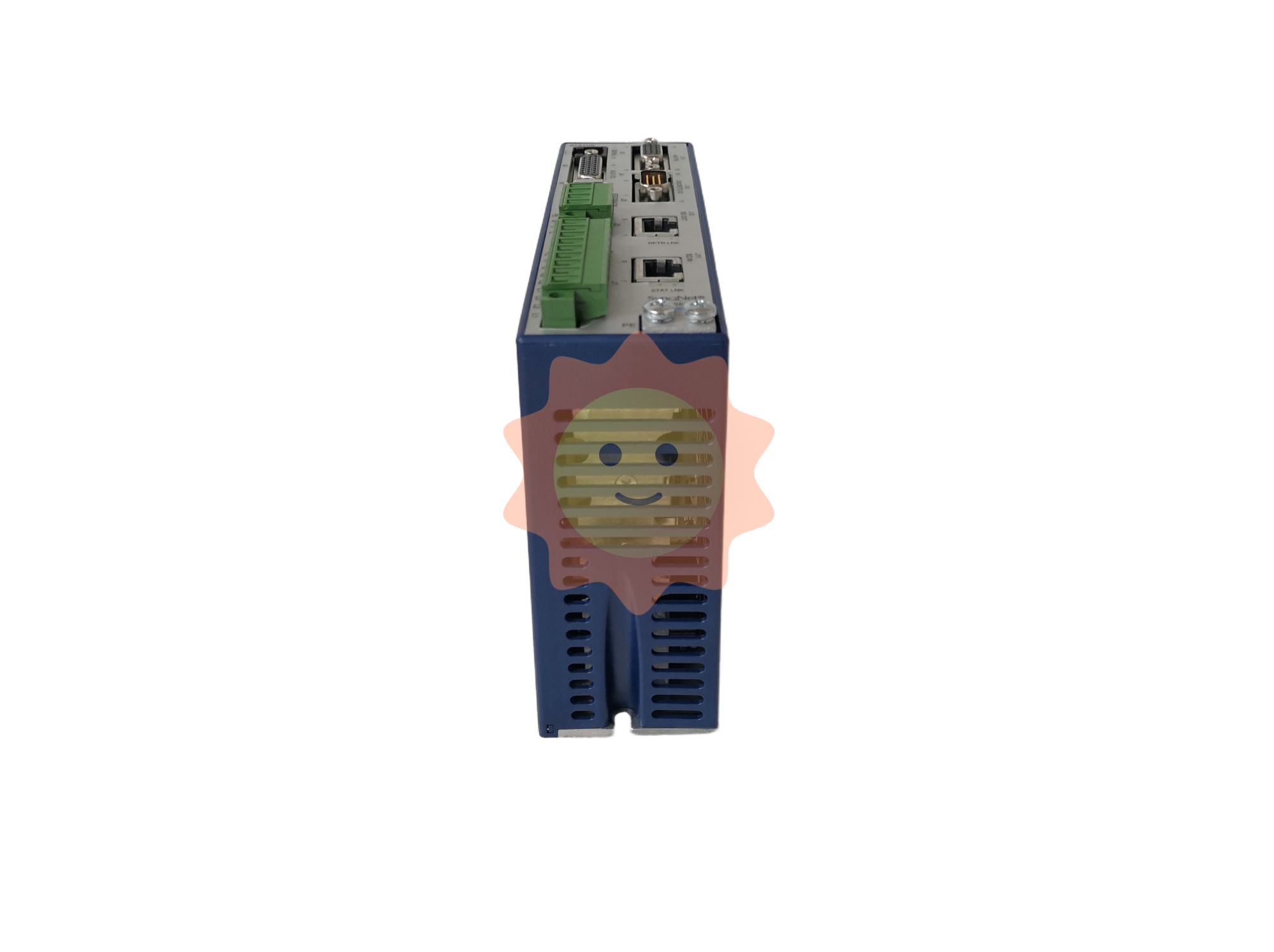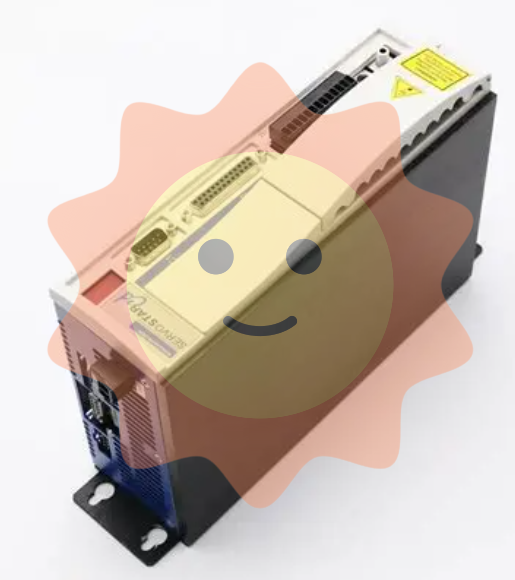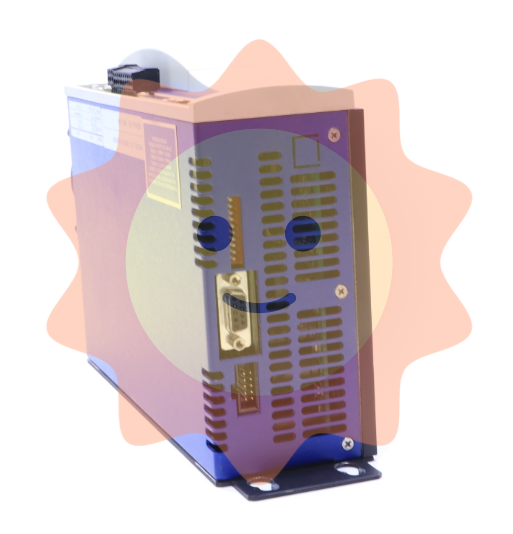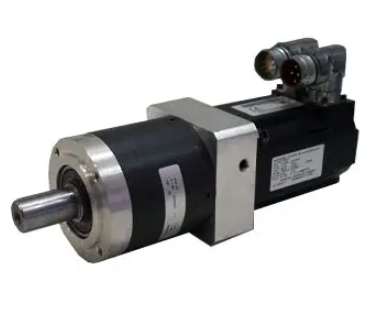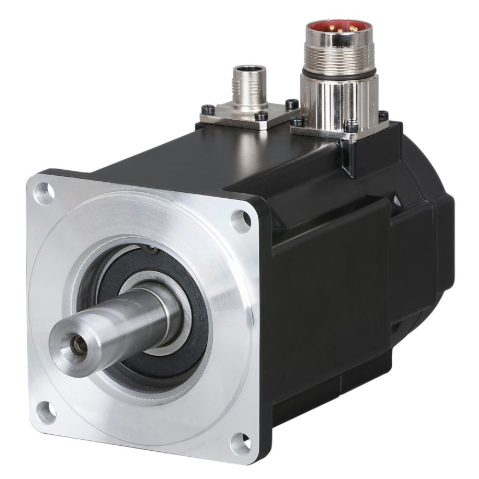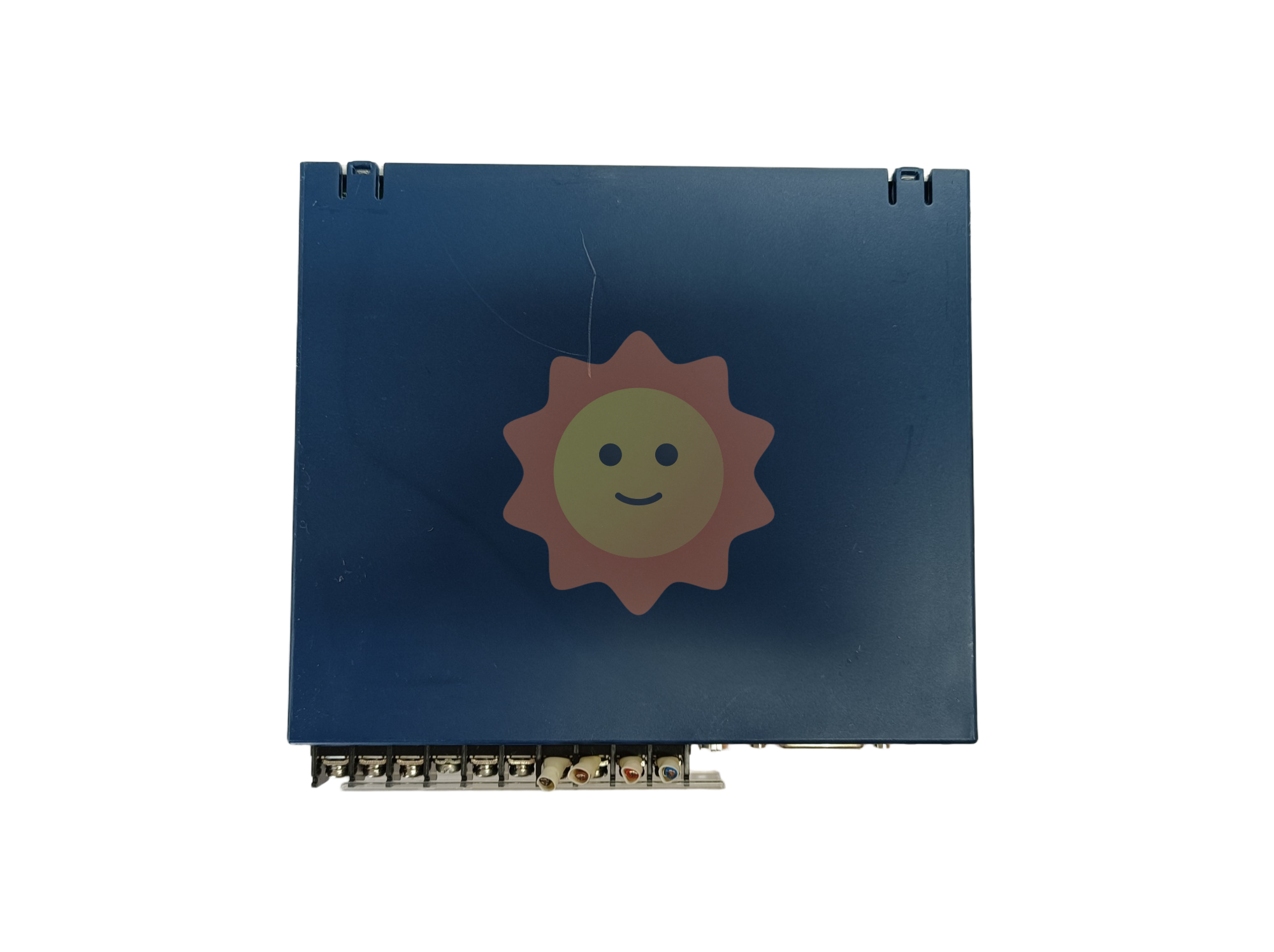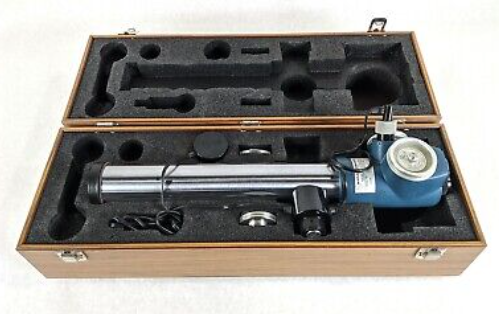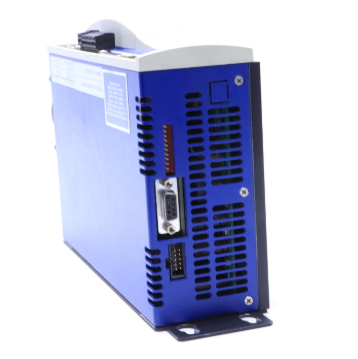Analysis of investment sensitivity in China's chemical fiber industry
1. Establishment background
In March 2020, the China Chemical Fiber Industry Association (hereinafter referred to as the "China Chemical Fiber Association") issued the "Investment Sensitivity Analysis of China Chemical Fiber Industry (2020 edition)" (hereinafter referred to as the "Investment Sensitivity Analysis"), aiming to guide enterprises and social capital to invest steadily and promote the high-quality development of the industry.
Since 2020, the internal and external environment of the development of China's chemical fiber industry has undergone great changes. In particular, since 2022, the operating pressure of China's chemical fiber industry has been prominent, the industry's start-up load has decreased significantly compared with previous years, and profits have been significantly reduced.
At present, the global economic growth is still facing more adverse factors, China's chemical fiber industry operation and development of the existing problems and risks need to be resolved, among which, the excessive growth of capacity in some industries is one of the key issues affecting the sustainable and stable operation and development of the industry.
In order to adapt to the new situation and new requirements, the China Chemical Fiber Association organized a revision of the "Investment Sensitivity Analysis (2020 edition)" to form the 2023 edition. This version is compiled according to the national industrial policies such as the Guidance Catalogue for Industrial Structure Adjustment (2019 edition), the Catalogue of Industries to Encourage Foreign Investment (2022 edition), and the relevant regulatory conditions of the chemical fiber industry, in combination with the actual situation of the current industry operation and development. In the future, China Chemical Fiber Association will continue to adjust and revise the "Investment Sensitivity Analysis" in a timely manner according to relevant national industrial policies, industry scientific and technological progress, market development and other factors.
The Investment Sensitivity Analysis indicates the existing or possible investment barriers or risks in the main fields of the chemical fiber industry. Enterprises should conduct sufficient scientific demonstration when launching new projects, and comprehensively consider the upstream and downstream supply and demand relationship, market competition, environmental protection requirements, international trade situation, market entry barriers, technological progress space and other factors. It is necessary to be more reasonable in the selection of technical equipment, product scheme design and industrial chain supporting layout, and prevent blind investment and low-level repetitive construction.

Second, analysis Angle
The investment sensitivity is analyzed according to the following four levels and twelve conditions. The more conditions met or the conditions met are distributed in different levels, the higher the investment sensitivity of the product. Vice versa, the lower.
(1) Market level
1. Phased excess has occurred or may occur in the short term.
2. Bulk conventional mainstream products.
3. The market capacity is limited, and the rapid increase of production capacity in the short term may lead to market imbalance.
4. There are alternative products or competing products.
5. It is greatly affected by the international trade environment.
(2) Environmental protection
6. Environmental protection requirements and energy consumption are greatly affected by relevant policies.
(3) Technical level
7. There are raw material bottlenecks, restricting the development of the industry.
8. There are technical barriers, key technical equipment is monopolized, and there is no reliable source.
9. The industry is in the early stage of development with large space for technological progress.
10. Insufficient application technology development; Or there are market barriers in high-end areas, and it is difficult to enter.
11. National defense, aerospace fibers.
(4) Fund level
12. There are capital barriers, high investment density, and asset-intensive heavy asset industries.
Note on "Investment Sensitivity Analysis of China's Chemical Fiber Industry (2023)"
In order to facilitate enterprises to better understand the content of the Investment Sensitivity Analysis of China Chemical Fiber Industry (2023 edition) (hereinafter referred to as the Investment Sensitivity Analysis), the following instructions are made.
First, the background of this revision
China's chemical fiber output has ranked first in the world since 1998, and production capacity has continued to grow. With the continuous promotion of industry transformation and upgrading and structural adjustment, the scale growth rate of chemical fiber industry has slowed down, during the 13th Five-Year Plan period, the average annual growth rate of chemical fiber production is 4.51%, which is 4.84 percentage points lower than the average annual growth rate of the 12th Five-Year Plan. However, from the perspective of production capacity increment, since the "14th Five-Year Plan", the production capacity of the chemical fiber industry has still maintained inertial growth, and some industries have made major breakthroughs in raw material bottlenecks or technical equipment, or due to the staged growth of demand in a certain field, resulting in rapid growth of its production capacity. According to the data of the National Bureau of Statistics, in the past two years, the fixed asset investment in the chemical fiber industry has maintained rapid growth, an increase of 31.8% in 2021, and an increase of 21.4% in 2022, although the investment in transformation and upgrading is included in the statistics, but this set of data also reflects the rapid growth of production capacity to a certain extent. From the demand side, there is no growth rate matching the supply side of the chemical fiber industry. Since 2020, the recovery of the world economy has faced strong risks and challenges due to multiple and complex factors such as repeated epidemics, geopolitical conflicts and high inflation. Although China's textile industry has benefited from the growth of global demand for epidemic prevention materials, the return of overseas orders and other factors, and exports have hit new highs, domestic demand growth is weak, and after a short recovery growth in 2021, the domestic market is obviously under pressure in 2022, and most industries in the textile industry chain show insufficient construction and declining profits. In 2022, the construction load of the chemical fiber industry has decreased significantly compared with previous years, and the production of chemical fiber has experienced negative growth for the first time in nearly four decades, and product inventories remain high.
At present, the unbalanced development between supply and demand has become a prominent contradiction in the chemical fiber industry. There are still many adverse factors facing the recovery of the world economy, and the growth of demand for textiles and clothing is still facing many tests. With a series of national policies of "expanding domestic demand and stabilizing growth", the recovery of textile and apparel consumption has positive support, but it is undeniable that we have passed the "food and clothing" stage, and quality consumption has replaced quantity consumption to become the mainstream of the market. Therefore, if the production capacity of chemical fiber continues to maintain rapid growth, the contradiction with the imbalance of the terminal market will become more prominent.

Purpose and significance
Structural overcapacity in some areas of the chemical fiber industry is an unavoidable problem at the current stage. In recent years, on the basis of continuously tracking the operation and development of the industry, the China Chemical Fiber Association has studied and introduced the "Investment Sensitivity Analysis of the Chemical Fiber Industry". This revision is to indicate new investment risks and changes, provide reference for chemical fiber enterprises and investment institutions, and guide enterprises to rational investment, avoid blind expansion, and further promote the supply-side structural reform of the chemical fiber industry. Promote high-quality development of the industry.
Third, focus on the content
Compared with the 2020 edition, the analysis level of the 2023 edition remains unchanged, the description of some risk conditions has been improved, and the risk condition tips of some industries have been added.
This revision mainly focuses on risks from the market level. In recent years, with the progress of technology and equipment in the chemical fiber industry and the improvement of automation and intelligence level, the capacity scale of a single project is large, so the new project has a greater impact on the market. Focus on the following industries:
PTA: With the development of refining and chemical integration projects, and some polyester enterprises to extend the industrial chain, since the "14th Five-Year Plan", the PTA industry ushered in a new round of production capacity cycle, the rapid increase of PTA production capacity led to an increase in market supply pressure, capacity utilization declined. According to existing public information, there are nearly 20 million tons of PTA new equipment planned to be put into operation in 2023, if the new equipment is put into operation as scheduled, it will further aggravate the contradiction of oversupply.
Polyester filament: Polyester filament is a wide range of industries, although this revision does not increase the risk conditions of polyester filament, but its risk of excess capacity is rapidly increasing. In 2022, in addition to the impact of epidemic prevention and control and oil price fluctuations, the mismatch between supply and demand is the main contradiction facing the industry. In terms of civilian filament, the new production capacity in 2020 and 2021 exceeded 3 million tons, and there were still more than 2 million tons of new production capacity in 2022 when many projects were delayed. In terms of industrial silk, the production capacity of the "13th Five-Year Plan" period has basically maintained a steady annual growth of 7%, but since 2020, more than 200,000 tons/year of projects have been put into production, and the total scale of the industry is only more than two million tons, and market competition has intensified rapidly. Moreover, in the late period of the "14th Five-Year Plan", there are still more devices planned in the field of civilian filament and industrial silk, but the demand side is difficult to see the hope of matching growth, and it is not appropriate to continue to rapidly increase production capacity.
Polyester staple fiber: Before the middle of the "13th Five-Year Plan", the production capacity of polyester staple fiber was basically stable at about 7 million tons, and the industry was relatively stable. However, from the middle and late period of the "13th Five-Year Plan", as some filament enterprises began to lay out the field of staple fiber, the growth of polyester staple fiber production capacity accelerated significantly. Compared with polyester filament, the short fiber market capacity is relatively small and stable, and most of the new projects are large, which has a greater impact on the short fiber market.
High-performance fiber and bio-based fiber: The high-performance fiber and bio-based fiber industry is an important part of the emerging strategic materials field in China, and has been concerned by investors inside and outside the industry. However, some industries are still in the early stage of development, and there is still a lot of room for technological progress, which means that there is a risk that investment will soon become backward technology and backward production capacity. At the same time, due to the lack of downstream application technology development, many varieties of terminal markets have not been fully opened, and the risk of blind new production capacity is great at this time.

Carbon fiber: with the implementation of the "double carbon" strategy, further stimulate the market demand for carbon fiber, at the same time, the level of domestic carbon fiber technology and equipment and product quality improvement, promote the realization of domestic substitution in many fields, carbon fiber enterprises continue to invest for many years and finally see profit. It is worth noting that with the improvement of the carbon fiber industry boom, many places in the country began to lay out carbon fiber and the upstream and downstream industry chain, and there have been some low-level repeated construction phenomena, which is not conducive to the improvement of the overall level of the industry. According to public information, in the next few years, leading enterprises in the industry will still accelerate the expansion of production, there are also some new investors outside the industry eager to try, and the carbon fiber industry stage excess risk is rapidly accumulating. Enterprises in the new project, should carry out sufficient scientific demonstration, avoid blind investment and low-level duplication of construction.
Lycel fiber: Lycel fiber as one of the new fiber materials, because of its green environmental protection properties and excellent product performance, in recent years has become a hot investment in the chemical fiber industry, resulting in rapid growth of its production capacity, and the downstream for the emerging Lycel fiber still needs time to accept, so the capacity utilization rate of Lycel fiber in the past two years is seriously insufficient. In 2021, the overall operating rate of the Lyocell fiber industry is less than 50%. In 2022, despite the delay of some new projects affected by benefits, the overall operating rate of the industry is still at a low level of 50-55%. In the long run, Lyocell fiber is promising, but from the current point of view, whether from the fiber technology, application technology level, or market cultivation, Lyocell fiber industry is still in the initial stage of development, in a short period of time, too fast capacity growth will lead to increased industry competition, resulting in insufficient enterprise construction or even long-term production, is not conducive to the healthy development of the industry.
Iv. Suggestions and Initiatives
1. Avoid blind expansion and maintain reasonable growth
Whether it is a large amount of traditional fields, or high-performance, bio-based and other new fiber materials, production capacity growth should not be too fast. It is suggested that enterprise investment projects should focus on upgrading existing production capacity, and new production capacity projects should fully consider resource endowment, market capacity, environmental capacity and industrial base, avoid blind expansion, but also avoid low-level repetitive construction. In particular, high-performance fibers and bio-based fibers, we do not deny their broad development prospects, but the market still needs a long time to cultivate and expand, so there should be a rational investment in rhythm, orderly development, new production capacity should be reasonable schedule, phased implementation, so as not to miss the dividends brought by technological progress.
2. Strengthen technological innovation and expand market demand
The supply-side structural reform of the chemical fiber industry will be further dominated by technological innovation and market drive. The chemical fiber market is a fully competitive market, the competitiveness of enterprises from technology, products, brands, talents and other aspects to improve, simple volume of scale growth can not create rich profits for enterprises, and may make the industry into a passive situation of vicious competition. It is suggested that enterprises take the initiative to promote the upgrading of chemical fiber technology and equipment, increase investment in research and development, enhance independent innovation ability, and lead demand and create demand with high-quality supply.

3. Strengthening research and development in applied technologies
In addition to strengthening their own technical research and product development, chemical fiber enterprises should also strengthen application technology research and development, especially in some small varieties, high-performance fibers and bio-based fibers and other fields, the lack of application development is one of the bottleneck problems that urgently needs to be solved. It is suggested that fiber enterprises should take the initiative, actively cooperate with downstream enterprises of the industrial chain, strengthen research and development of applied technology, and expand market demand.
The year 2023 is the first year for fully implementing the spirit of the Party's 20 National Congress, and it is also a key year for implementing the 14th Five-Year Plan. Chemical fiber industry enterprises must keep in mind that "high-quality development as the theme, to deepen the supply side structural reform as the main line, to scientific and technological innovation as the driving force, to meet the needs of the textile industry and strategic emerging industries as the purpose, overall economic and security of the industrial chain supply chain, accelerate the key core technology and equipment research, promote the high-end intelligent green transformation of the industry, to achieve high-quality development." "
- EMERSON
- Honeywell
- CTI
- Rolls-Royce
- General Electric
- Woodward
- Yaskawa
- xYCOM
- Motorola
- Siemens
- Rockwell
- ABB
- B&R
- HIMA
- Construction site
- electricity
- Automobile market
- PLC
- DCS
- Motor drivers
- VSD
- Implications
- cement
- CO2
- CEM
- methane
- Artificial intelligence
- Titanic
- Solar energy
- Hydrogen fuel cell
- Hydrogen and fuel cells
- Hydrogen and oxygen fuel cells
- tyre
- Chemical fiber
- dynamo
- corpuscle
- Pulp and paper
- printing
- fossil
- FANUC
- Food and beverage
- Life science
- Sewage treatment
- Personal care
- electricity
- boats
- infrastructure
- Automobile industry
- metallurgy
- Nuclear power generation
- Geothermal power generation
- Water and wastewater
- Infrastructure construction
- Mine hazard
- steel
- papermaking
- Natural gas industry
- Infrastructure construction
- Power and energy
- Rubber and plastic
- Renewable energy
- pharmacy
- mining
- Plastic industry
- Schneider
- Kongsberg
- NI
- Wind energy
- International petroleum
- International new energy network
- gas
- WATLOW
- ProSoft
- SEW
- wind
- ADVANCED
- Reliance
- YOKOGAWA
- TRICONEX
- FOXBORO
- METSO
- MAN
- Advantest
- ADVANCED
- ALSTOM
- Control Wave
- AB
- AMAT
- STUDER
- KONGSBERG
- MOTOROLA
- DANAHER MOTION
- Bently
- Galil
- EATON
- MOLEX
- Triconex
- DEIF
- B&W
- ZYGO
- Aerotech
- DANFOSS
- KOLLMORGEN
- Beijer
- Endress+Hauser
- MOOG
- KB
- Moxa
- Rexroth


Email:wang@kongjiangauto.com

